Our Lady Oak
This month's guest columnist is Lauryn Kidd, writing about how the loss of a historic oak brings a sense of loss and life lessons at Our Lady Academy in Bay St. Louis.
- photos courtesy OLA
“The tree was very old,” says Our Lady Academy teacher, Audrey Mayer, “It was here before our school and witnessed the building of the town, the school, and the raising of so many generations. Losing it seems like the death of an era and a reminder of the fragility of life.”
Our Lady Oak was an important aspect to Our Lady Academy. “Many generations of women lived, laughed, cried, prayed, and studied under its branches. Our Lady Oak was always there to welcome us long after we graduated. Just like our ties to OLA, the trees roots go deep,” says Our Lady Academy alumnae Shannon Collins. In proper Our Lady Academy fashion, there was a prayer ceremony to honor and say goodbye to the tree. “When we came back from spring break the tree was gone, but the light shone even brighter at Our Lady Academy,” says OLA Principal Darnell Cuevas. Our Lady Oak will be missed. At the Water's Edge
Growing up on the Gulf Coast leaves indelible memories - and a persistent longing to return. Guest columnist and Pass Christian resident Rebecca Orfila explains why.
Piney forest gave way to oaks, and then just south of Foley gnarled sea pines began their struggle to stand and finally gave up their battle as the white sand beaches of Gulf Shores met the steady tidal movements of the Gulf.
Mornings started as soon as the sun rose. My grandfather headed out to the town pier with his pole, bait, and high expectations. A quick drive with Mom to one of the small groceries on the island set us up for breakfast and lunch. We knew we would have fried fish for dinner whether it came from Papa’s catch or the local fish market. Small, slightly faded photographs taken with my grandfather's Brownie camera show us tanned and cheerfully playing in the water. My grandfather, a jovial bantam rooster of a man, would sit in the shallows and guard over us while Mom and my grandmother prepared dinner of the special coastal kind. The treat of treats for us as small children was to go out into the water and sit on the sandbars. Small crabs would rush away as we chased them. When my brother was just a toddler, he would declare in his baby language that it was Tide soap that made the water foam. We squealed with delight for an hour or more until my mother or grandmother called us in for a mid-afternoon dinner, and then short naps were taken by all. At nightfall, there were only a few spotlights on the main road and neighboring vacation homes. Inside our house, the low murmurs of bridge bids and whispered calls for more bourbon and coke, along with the light from the kitchen, pushed back the coming darkness. Restless and still excited from the day’s activities, I tossed back and forth in my bed, shuffling the cotton sheets. The tossing gradually gave way to listening to the beat of the waves crashing on the beach. Those were perfect days at Gulf Shores. We would return many times over the backroads of Baldwin County from our home in Mobile or from school at Auburn. Every now and then we would glimpse white blooming dogwoods deep in the woods, or the graceful cloak of wild-growing wisteria over a fallen tree, or a broken down wall of an old homestead set off from the road. It was very different from the more orderly fauna and structures of Mobile. Life moved on, and the beach house was destroyed in Hurricane Frederick. My husband and I moved back to the Gulf Coast after years of being away. It was a promise we had made to ourselves during the many years in California. We were happy on our arrival in Pass Christian to see that despite the intense battering of storms and winds, the Gulf Coast and its people were returning and repairing their beloved communities. These coastal folks retain a special resilience and strength, I think. Or maybe they just want to see little crabs on the sandbars again. Here's Why
"High on the places I feel calling my soul is Bay St. Louis." Visiting writer, artist and entrepreneur Nan Parati has been coming to the Bay for nearly twenty years. She has her reasons.
- story by Nan Parati, photos by Ellis Anderson
Fascinating!
This month our guest columnist is the director of exhibits at INFINITY Science Center, who discovers three elements of fascination - all of which make one of the new exhibits, "Wings Over INFINITY," a kid magnet.
- story by John Dumoulin A Child's Penance
"Forgive us our trespasses" is understood as "trespassing" by a small Southern girl who makes amends by sharing her daily bread - literally.
- by Rebecca Orfila Carnival Consciousness
"Mardi Blah" turns "Mardi Rah!" for two transplants who discover the joys of carnival season on the coast.
- story by Ana Balka
“Omaha versus North Dakota,” my husband said. “So we’ll move this weekend, and be out of here before everything goes crazy.”
“Ah huh,” said the man. His flummoxed expression remained as he shook the ice in his glass, took a sip and turned his attention back to the game. “It’s a shame you’ll miss Mardi Gras,” the woman said. “Won’t it be awfully cold there?” Her bewilderment followed us as we waved and went into our gate a couple of doors down. It was January of 2013, and after an overseas move, my husband and I had been staying temporarily in the French Quarter while we looked for something more permanent in the area. And we’d found it on the Mississippi Gulf Coast. So we were moving out of the condo that weekend. The following week, on the Friday preceding Mardi Gras, we had tickets for the aforementioned hockey game in my home state of Nebraska. Our neighbors must have been visualizing the meme that shows a woman flashing her chest to a herd of cows over the caption “Mardi Gras in Nebraska.” We knew what a cool opportunity it was to live in the French Quarter even for a short time. That said, we weren’t always in tune with the way things are done around here. Not that I’m a stranger to parties or parades, but as far as making a big deal of things, the closest we had to Mardi Gras where I grew up (besides, duh, Cornhusker games) was the world-famous Czech festival in Wilber, which (as I am certain you know) is the Czech Capital of the USA. King cake? No, man. Kolaches. Delicious, delicious kolaches. Steven is from the Netherlands, and he has home movies of his mother and sisters whooping it up in bizarre (and kind of scary) masks for vastenavond — Carnival — sometime in the mid-’70s. Neither Steven nor his dad appears in these videos. They were likely at home doing something reasonable, like reading. So in January 2013, while all of our friends were sketching, stitching, bedazzling, be-feathering, and fur-lining ingenious outfits for not just Mardi Gras but also Lundi Gras and the Saturday before and the eve prior to that, we may have mumbled a “bah humbug” or two at the idea of the noise, the crowds, the costumes, the marching bands and — don’t hate — the parades. We had Mardi Blah. Still, the spirit of the season caught me during the run-up. There was the ethereal procession of knights and angels in the dim light of the Jeanne d’Arc parade. Our friends in the microkrewe ‘tit Rəx made detailed and hilarious Barbie-doll-sized social statements for their 28-shoebox-float parade. Our condo was on the parade route for the Mystic Krewe of Barkus. Who can remain a wet blanket when hundreds of dogs in sunglasses and tutus are grinning and wagging past your house? If you’re raising your hand, perhaps we need to station you on the route for Krewe du Vieux and see if what rolls past makes you swell with a bit more enthusiasm. Our Mardi Gras celebrations since we moved to the Bay have been appealingly up-close and personal. We braved the 2014 cold snap for the Mystic Krewe of Seahorse’s parade, where we cheered Keith and Susan of the Ugly Pirate as they sailed by in their pirate-mobile, waved and yelled as friends passed in bead-festooned golf carts, and marveled at the cold-weather commitment that the ladies of the Raw Oyster Marching Club displayed in their frilly pirate damsel outfits.
Last year I inched closer to the spirit of things. It wasn’t exactly a costume, but at least I took the time to put on a furry green coat, and I dressed the Mardi dog in a nice sweater before joining the pack of revelers who were whooping it up on the front lawn of the French Potager with owner Martha Whitney Butler.
“The first year I went to Mardi Gras,” says Butler, who grew up in a non-coastal Alabama town with no Mardi Gras tradition, “I felt like I was one of the only people who wasn’t in costume. After, I was like, [forget] this, because the only people not in costume were tourists. Every year, I would add a little more ‘umph’ to my costume.” It’s quite possible that I’ll do the same and find myself adding a bit more umph to my Mardi Gras outlook each year. Don’t get me wrong; I’m quite fine with maintaining a less-than-rabid level of holiday spirit. But the idea of a collective letting-down of the hair before a period of spiritual self-discipline has merit regardless of one’s beliefs, and as I’ve said in this column before, the Gulf Coast has a way of drawing you in, sometimes despite yourself. Return of the Native and Year End Reflections
|
|
During the three-hour drive “home” to Natchez on Christmas morning, I had lot of time to think about my 2015 year of change. While I was ready to retire from the hotel corporate world and move out of New Orleans, both were huge steps. And on top of those transitions, I made a decision to open a retail store, fulfilling a dream I’d had for years.
Fortunately, all three ended up being fabulous decisions. I really have not looked back, and that is the nicest part of it all. If anything, I sometimes think I could have done it sooner. So during the drive up to Natchez, I thought a lot about the year and how much I love living full time in the Bay. |
The Shoofly
|
Just driving to Natchez to spend Christmas with family was hard for me. I didn’t want to leave the beauty of the Bay, the people here and my comfortable cottage on the lane. Yet, on the way, I traveled beautiful roads through lovely country. I especially enjoyed the part through the Homochitto National Forest with its towering green pine trees on old Highway 98.
Did you know that the Homochitto National Forest is just one of six National Forests in our state? 189,000 acres have been preserved for our enjoyment, with 265 miles of hiking and biking trails and 2000 acres of lakes and ponds. The closest national forest to the coast is DeSoto. A nice New Year’s goal for 2016 for me will be to visit a few of the national forest areas in our own state.
On the drive, I also contemplated how fast the year had gone. For all of you younger people, know that as you age, a year does really fly by. It is also true that you wake up many mornings saying to yourself, “Whose hands are these with all these wrinkles?” So value your youth. Work hard, play hard, and take the time to include play in your life with those you love; it is important. I used to make the time to join family for ski fun each year in Aspen and Vail, even as I climbed the corporate ladder. Take the time to do this.
On the last hour of drives to Natchez, I always turn to thoughts of my father and how much I miss seeing him on visits home. As I passed open pastures thoughts turned to flying with my dad. He flew all over the state in single-engine planes from our home base in Natchez, and took me along with him on many of these trips.
Over the years, I gathered many wonderful memories of landing in pastures over barbed wire fences as Dad traveled to look at land to develop or met with investor friends. So I learned early on to love our beautiful state from high up, even as we flew around our famous Mississippi thunderstorms. Somehow when flying with George I was never worried. Of course my father was my hero and could do no wrong.
Over this holiday visit home to Natchez, in reading his autobiography notes, I learned that his first building mentor was an older builder based in Gulfport. I loved learning this fact and now that I live on the coast I plan to contact his mentor’s family.
I also discovered when reading his journals that he stood up to the Klan in our area when they pulled up all his lot stakes for a development in Louisiana. My Father strongly believed in building housing for everyone regardless of income level or race. Sometimes his feelings on this were not popular. He built very nice trailer parks with good roads, lighting, and playgrounds during his career, as well as affordable housing and high-end subdivisions in the Natchez area. I remember asking him one day about the trailer development and why he fooled with it. I never forgot his reply: “Honey, everyone deserves a nice place to call home, no matter what their economic situation.”
I guess my thoughts turn to Dad’s life at each year’s end because it helps me to measure my life against how he lived his life. A truly ageless man, he taught me so much. He had courage to live his convictions, but he always listened to both sides. He always had young and old friends from different backgrounds. He welcomed newcomers and he never met a stranger. He loved his family deeply, even while pushing us to new limits. He always took the time to listen to people and their problems and tried to help and encourage them. He kept his love for his hometown and his state and his country until the day he left us. Dad did his best to leave it all a better place for his children and grandchildren. What better example could I have had in this journey of life?
As I pull into the driveway of Mother’s home in Natchez, I feel good. He is still here with me pushing me to do the right thing, and providing a model for how to do it. Maybe I will take those flying lessons in 2016!
Cheers to all of you for a New Year filled with love, good intentions, enjoyable work, fun, and open minds to all the world holds! And God bless this dear place and people by the Bay that I have come to love and truly call home.
Why I Fish
- by Rebecca Orfila, photos by Ellis Anderson
|
This past weekend, my husband and I were out fishing the railroad trestle at the mouth of Bay St. Louis. Saturday was a beautiful day . . . clear, blue skies, a pleasant breeze, and high hopes.
Fishing was one of the big guy’s hopes for retirement. He goes out just about each morning, from early May until mid-October, and fishes. We have a freezer full of trout and redfish. I can make fish a few dozen ways. Let me know if you need a recipe. I will go fishing and feel great at the conclusion of the day. I may not have caught a single delicious speck or meaty red, but it is the complete experience — wade or boat fishing — that will make it a good day. Though the 5 a.m. get-up is not fun, I find that a two-hour nap after we get home plus eating anything that cannot outrun me will erase the tiredness. |
The Shoofly
|
|
We began our most recent adventure at 6 a.m. on Saturday by launching the boat and heading for the Walmart reef in Pass Christian. My job at the launch is to hold the boat rope and keep our boat from crashing into the boat in the next launch lane. Launching a boat is tricky when you are a tad clumsy and more than a tad heavy, like me. Southern gentlemen at the harbor have offered to help me, and a courageous few have voiced their concerns that I would topple headfirst into the water.
The first time I “helped” launch the boat, my middle finger on my left hand managed to get between the dock and the boat. I carried on for a day of fishing at Cat Island. Sure, I screamed bloody murder when it happened, but I plastered a happy smile on my face and caught several lovely specks for a reward. |
Back to Saturday’s fishing. After a period of short strikes to the lures but no bites, we started to move west, testing the reefs until we finally turned north at Henderson Point to the mouth of Bay St. Louis. Still no bites, which remains the mystery of fishing. The fishing forecasts on the Internet need to have their programming checked. I think I’ve lost 75 hours of sleep this year due to those forecasts.
My catches this year have been legal specks (keepers), juvenile specks (toss back), and monster reds. I can hook these great grey beasts with the single spot on each side of their tails, but I leave it to my taller and more-experienced husband to land the critter. Let’s face it: there is a better chance of my losing the prize. Would you take a chance on possibly landing a big fish or be certain that courtbouillion was on the menu that night? Hand off that pole to the wrangler.
The husband tells me that I have my reel on the wrong side of the rod. Trust me; if it were on the left, I would spend most of the day reeling in my first cast. I am a dyed-in-the-wool righty, and my left hand serves little purpose other than to display jewels and type the keys on the left side.
So, what is the best thing about going fishing? It is listening to my best buddy relate special fishing stories from his youth. The best one from 1974 is the one when he and his older sister were out fishing under the train trestle. Imagine two teenagers, listening to WRNO music radio, and just enjoying the day. The trestle rumbled, announcing the approach of the regularly scheduled train. The kids waved up to the train and its familiar engineer. A surprise that warm day, the engineer tossed something down to their Boston Whaler. The goods missed the boat, so my future husband jumped in the water and retrieved two Baby Ruth candy bars. I suppose that these days he keeps looking for more prizes to capture out of the water. Who would trade a day on land for the chance to hear a story like that?
Finding a Hill in the Bay
- by John Dumoulin
|
You can walk until you no longer know the road; you can run but you can't hide; you can hurry up and wait on a stationary bike. I prefer to sweat up the hills and coast down them on a bike.
Well, the Bay doesn't have any hills that I have found, anyway, but my advice is to head out and see if you can find one. If you do, let me know. I've found a Hillcrest and a Chapel Hill Street and there's a Demon Thusin, don't you know? I wonder who he was. He must have done at least one thing nice to have a street named after him, right? |
The Shoofly
|
Trek around the Bay during the day and you'll see one-level skyscrapers with elevators, beautifully manicured slab foundations, white-hulled Boston Whalers punctuating dark driveways to nowhere, and tens of construction crews resurrecting homes out of brambles. It's like watching the Travel and History channels at the same time. You'll pass the Bay's world-famous cerebral Zen Garden beaches and learn about pirate houses and world literary figures like Pearl Rivers.
The South Beach's boardwalk, especially, will take you as far as you have the energy to go. At dusk down the boulevard, invisible community piers are circled above and below by lights and reflections like a string of bright pearls around the neck of a beautiful ghost. If the night promises a new moon, the water will likely be speckled with flounder boat lanterns, so many that it's hard to see where the water stops and the dusk's horizon begins to show off the starred night sky.
I've found, too, that if you put a roll of quarters in each sock, they serve as leg weights. The coins make my calves look like Popeye's, but when I get to the end of the road — usually the western-most end of South Beach Boulevard — and drop the coins in the slots at the Silver Slipper, the ride back seems a breeze! Also, I like to drag a garden rake behind me on Highway 90 just after the Bay St. Louis Mardi Gras Parade. The longer I ride and the more beads I collect, the harder the workout. By the time I reach Waffle House, I'm thirsty and dragging a sea anchor the size of a Honda Fit, which forces me to stop — usually in front of Pops Corner Pub. Nothing lazy about this Magnolia, if you know what I mean!
No, you'll be hard pressed to find an exercise hill in Bay Saint Louis for a real work out. My advice is to try the entrance up St. Charles Street from South Beach first then "jump the hump" at the track at Central. Once you can do this without shifting from first to second gear you're ready to tackle the Matterhorn of biking in St. Louis: the Bay St. Louis Bridge.
The Camino Frances
- by John and Ning Wiebmer
|
We fell in love with Bay St Louis the minute we saw it.
After completing 35 years as corporate gypsies with Caterpillar Inc. and before settling into our pink cottage on Hancock Street (under renovation), we wanted to contemplate our life transition. We decided to trek 45 days across Spain on a thousand-year-old pilgrimage known as the Camino de Santiago de Compostela. Pilgrims traditionally set off from their home towns. In April 2015, Father Mike O’Connor of Our Lady of the Gulf sent us off with a special pilgrim’s blessing. We hopped on a transatlantic cruise and made our way to St-Jean-Pied-de-Porte, France, our stepping off point over the Pyrenees Mountains. |
The Shoofly
|
We set out each morning in faith – no maps – no plan more complex than following yellow arrows marking the 500-mile path. We averaged 13 miles a day over mountains, through deep woods, and across river valleys and high plains, stopping in tiny villages for simple meals and a bed.
It was powerful to walk the same ancient paths as pilgrims a thousand years before us. The same route. The same churches. And often, the same hardships and joys. We shared warm fellowship and collected new friendships all along the way.
Some fellow pilgrims who inspired us:
- William, a rancher from South Africa who is restoring indigenous breeds of cattle in partnership with tribal villages.
- Chet, recalibrating his life after serving four U.S. military tours in the Mideast.
- Frank, a blue collar retiree who, on his first trip to Europe, walked the entire 500 miles of the Camino and then tacked on another 150-mile trek because he didn’t want to end his feeling of freedom.
- Hugo, a devout Catholic from South Korea who stayed in monasteries along the way.
- Linda and Sheila, childhood friends who used the Camino to celebrate 50th birthdays and consider their paths ahead.
- Joel, former CFO of Bank of America who, on his knees, tended the blisters of many fellow pilgrims.
- Celebrate the moment. We found ourselves walking in quiet meditation, filled with gratitude for the blessings in our lives.
- We’re tougher than we thought. The Camino is a grueling physical challenge. We walked 45 days straight without a blister or strain.
- We need less than we ever thought. Simple meals, spartan sleeping rooms, a few clothes that we washed every few days, a pair of walking shoes – and we were as content as when we had a house bulging with material possessions.
We invite you to look through our blog, “Dancing Down the Camino,” where we maintained our journal of the 500-mile pilgrimage (wiebmer.blogspot.com). If local groups or organizations would be interested in learning more about how this adventure enhanced our lives we’d be happy to share some photos and stories through a presentation.
Our pilgrimage started in Bay St. Louis. Now we’re completing it with the renovation of our house on Hancock Street, which will soon be complete. We’re excited to set down roots and begin weaving ourselves into the fabric of this wonderful community.
Paw-Paw's Beach
|
A dirt road ran to it. My brother Roland called it my Shangri La. I guess it was, and had been so since my childhood. This was a different home, however, compared to the one in which we spent our boyhood summers. This one was on the harbor, and I called it “Harbor View.”
My home at Second Street in Clermont Harbor was not on the beach. Obviously, it was on Second Street, two blocks back from the beach. But that did not matter to little Meredith, my first granddaughter. For all she cared, I owned the beach, and by her right of descendancy, it was hers too. She called the whole area “Paw Paw’s Beach.” |
The Shoofly
|
I had had a presence in Clermont since I was born. Even before that event, my father had built a small house back on Forrest Avenue. That was succeeded by a larger house, this one really on the beach. Eventually, it was wiped away by a hurricane known simply as “the ’47.” On the same site, another residence disappeared in Camille, after being severely damaged in Betsy. Post-Camille, a secondhand trailer was considered adequate by my mother—until an arson fire consumed it, that is.
And so I went without a place to call home in Clermont Harbor for too many years. Sometimes I would rent a room at the Paddlewheel Motel, on the grounds of what had been the site of my father’s hotel, which had burned the day after Roland and I finished grammar school. The motel afforded me the chance to go fishing once in awhile; at one point I rented a couple of rooms to accommodate all four of my daughters. (I think I had a successful night floundering that time, while they watched TV in their rooms.) Some years, I would stay at the Paddlewheel for a night so that I could be at the Wolfe’s the next morning for our annual 4th of July picnic there.
It was at such times that I heard Bo and Julia Wolfe say that they might sell their home on the harbor one day. I think it was one of those things that we just tuck away in the corner of the brain. I did not consciously remember it until one day, when I had a business appointment in Bay St. Louis, and I saw a for-sale sign on a house on Main Street. It then occurred to me that I should check it out, that I could afford to buy something in Mississippi, and that it had been too long since Clermont Harbor.
What followed was a call to the Wolfes, and an appointment was made to view the house in a way that I had not previously when visiting for the 4th picnics. Michele and family either came with me or met me there. What I recall is that Michele and Meredith, who was then a year old, came inside with me. Michele liked what she saw, as did I, but it was a hot day and the house was not yet air-conditioned.
I continued touring the house and grounds while Michele, Mac and Meredith went to the beach. There, someone produced the spoon and bucket; Mother Nature provided the sand. Meredith did not have a bathing suit, and at times like that, who cares?
That was followed by some ten years of lovely memories, like the rabbits and squirrels, the egrets and great blue herons, the turtles, otters, and the alligators. And of course the fish and the crabs, the latter of which we always stored in the pen that hung from our beautiful little roofed pier.
I still remember watching Meredith spooning the sand while her diaper absorbed sea water and I knew right then and there that I would buy the Wolfe House. The rest was easy. Paw Paw’s Beach was being baptized with a new name, and it forevermore will be so called. The name I had given it, Harbor View, is still on the mail box, still standing crooked after Katrina, but its real name is Paw Paw’s Beach. The house may be gone, but the memories will last forever.
Check out more of Russell Guerin's wonderful writings on his website!
Citizens: Beware Boiled Brain Syndrome!
by Dr. Apollonios Balonios**
*Author’s Motto: “Never let the facts get in the way of a good story.”
**Dr. Bolonius is a puedonymous personality of the prolific but obscure Irish-American writer, (I)an O’Nymous***who lives in Pass Christian and delights in conversations with his multiple personality disorder.
***Mr. O’Nymous states that the letter "I" in his first name should always parenthesized because it is silent.
|
Public health officials warn us that the July/August time period drastically heats up our chances of suffering heat prostration or heat stroke as we play or labour outdoors. But, until now, no one was aware of a hitherto undiagnosed malady now identified and defined by your writer in this very article for the very first time anywhere.
This calamity I have named Boiled Brain Syndrome. For your own safety you should understand the ramifications of this disease and immediately support my research for a cure. |
The Shoofly
|
Remember the once-popular bumper sticker: “It’s not the Heat - It’s the Stupidity”? The slogan was a comment on the mental machinations of politicians and bureaucrats in New Orleans and the MS Gulf Coast areas, where the highest humidity is trapped between the coastal wetlands and that long, wide ribbon of concrete known as I-10.
The slogan, of course, played on the popular saying, “Its not the heat. It’s the humidity” to explain the enervating meteorological effects on human life in our hostile natural environment. Recently I discovered that humidity really is a catalyst for the production of human stupidity. This may be symbolically presented in formulaic phrasing as follows:
Ht (Heat) + Hm (Humidity) = St (Stupidity).
The Reflection Pond
- by Janice Guido
|
Our little cypress cottage sits on a quiet lane in Bay Saint Louis, Mississippi, just three blocks from the Gulf waters. The cottage has been here since the 1880s and it is close enough to the beach to feel the gentle sea breeze floating down the shaded lane.
As I write this, I am sitting in my comfortable deck chair next to my beautiful pond filled with lush elephant ear plants and water lilies. This setting by the pond and my new life here is a huge contrast to what my life was in New Orleans. Sipping my coffee and watching goldfish dart around the pond plants, I realize that I am happier here at this cottage - by this pond in the Bay - than anywhere else that I have been in years. |
The Shoofly
|
The purchase of this sweet cottage and “our plan” helped me to survive the last few years of a hectic thirty-year hotel career. For all of you that have been there - I know that you understand the vast relief and emotions you feel when you are finally done with “ it."
As a resident of New Orleans for many years it was only natural, like many others there, that we found ‘the Bay’ as an escape from the City and the stress of demanding careers.
The Bay area was the only place I found where I could truly detach from the constant stress of my work. I loved to share the Bay area with anyone who would listen. Many times in a pre-meeting coffee breaks with hotel colleagues in Boston or NYC, we compared weekends. It was fun for me to casually mention my boat ride up Rotten Bayou over the weekend, along with the eagle we saw on the ride. They would look at me and ask “where is that place exactly?”
As the lone Mississippian at these meetings over the years, I always loved telling this well-traveled group about the Mississippi coast. I described colorful boat excursions across the Bay and up the pristine Jourdan and Wolf rivers. I shared photos of blue herons, eagles' nests, moss-filled trees, and golden marsh grasses. And for a brief moment, I happily generated a genuine curiosity in them about the deep South and the Mississippi Gulf coast.
After each weekend trip, I would dream about the deep cool waters and the sunlit tall trees and golden marsh grasses. Maybe the feelings those cruises generated in early trips here were especially vivid because I was travelling so often to heavy populated urban areas. The wide-open natural scenery of the coast was such a contrast to the congested city life. Whatever it was - I was hooked. All I could do in between work projects was to think about the next time we could get back to the Coast and which new area we would explore.
In addition to the boat cruises, the trips into downtown Bay St. Louis before the storm - made me fall in love with the Bay from a different viewpoint. North Beach and Main Street were filled with colorful flags waving in the breeze and unique shops run by fun owners and filled with interesting people.
And then there was positive energy and feel-good warmth in the air. This town was special; the locals knew it and so did the visitors. As a weekender looking in, I so wanted to be a part of it all.
So I talked to everyone that I could, from the bartenders at the Dock of the Bay, to the girls in the Kitchen Shop, to Miss Anne at the Antique Shop, to Clayton at my favorite gift shop, to sweet Donna at the frame shop. I am sure I drove them all crazy, but I did buy a lot! It was my way of trying to be a part of it all, even without living here.
Of course, all of these visits eventually led to our first home purchase, in an area off the Jordan River. We would visit our cute raised home any weekend that work allowed and we were proud to finally became official weekenders.
Tolerating our crazy jobs became possible because we all had a goal of one day becoming full-time residents of this beautiful town and the coast.
And then the very unexpected happened: the storm named Katrina changed all of our lives forever. Afterward, our focus shifted from surviving at first to rebuilding the places we loved. It took much longer than any of us ever imagined. There are some, even now, still trying to get their lives back. As I reflect on the journey that finally got me to this place - by this pond on my shaded lane, I count myself fortunate to be sitting here after that hard and unforeseen detour.
Ten years later, I thank God for helping us all to keep both New Orleans and the Bay in the game. Let the others argue whether we're better off now or not, or if we are changing too much or too little. I am just so very grateful that we are all able to BE HERE. I am glad that we are able to exist here again in this very special place by the Bay. I am happy to have the opportunity to enjoy “my fourth quarter” with all the special people I love in this town.
And I am happy to spend each morning and evening right here by my pond - giving thanks for this place and all the people I love - as I sip my coffee or wine and enjoy the gold fish darting through the pond lilies.
The Hancock County Senior Center
- by Gus Duda
|
If you are 60 years of age or have someone in your family who is, and you are a resident of Hancock County you need to know about the Hancock County Senior Center.
My name is Gus Duda and I am most assuredly a senior citizen, 95 years young to be exact. We moved to Bay Saint Louis, Mississippi from Alexandria, Virginia and I have loved almost everything about the Bay. I was not happy to find that public transportation is not what I was used to. In Alexandria I could hop on a bus and go to the store or pharmacy or library. In Bay Saint Louis I am dependent on others for transportation. |
The Shoofly
|
 Shoofly Guest Columnist Gus Duda
Shoofly Guest Columnist Gus Duda
Those who have errands to do or appointments to keep get a ride on the bus. Jimmy my usual driver is an employee of Coastal Transportation Service and a tremendous asset to the center. Always patient, caring and fun to be around Jimmy knows how to make everyone feel welcome. After we have lunch we get a ride home on the bus.
I did some research on the center because I was not here from the beginning and I like knowing the history of things. The Center is located at the corner of Old Spanish Trail and Bookter Street in Bay Saint Louis. It was established in 1972 by May Beyer, grandmother of Chuck Benvenutti. Eve McDonald served as the Center’s director from 1972 to 1992. The Center was located in a small classroom in the Valencia C. Jones School. I heard that she had to beg around for tables and chairs and later as the Center grew they were given more space.
Arlene was hired in 1985 to do arts and crafts and did such a fantastic job and was so loved by the seniors that she was given the director’s job in 2001 after Rosine died. After Hurricane Katrina I heard, the Center served as an emergency shelter in Bay Saint Louis. For about three months they provided food, clothes and shelter for more than 175 people. The building did get damaged during the storm. Repairs were made thanks to insurance proceeds and FEMA. Through Community Development Block Grant (CDBG) funds, the Center was able to expand, adding a dining area, an indoor walking track, and additional storage.
Today, the Center provides nutritious hot food for lunches, a place for the expression of art and companionship. We are about 40 people of various backgrounds sharing a meal, laughter and stories. We are taken good care of by Arlene, Trish, Jimmy and Michael, our chef and all the volunteers. It is nice to be out during the day and to have something to talk about when I get home.
If you are 60+ and would like to join us, we would love to have you. Just call the Center at 228.467.9292 or pop in at 601 Bookter to sign up. I’ll see you there.
What's in the Water?
The waters off our beaches are monitored weekly by MDEQ for certain bacteria. You'll learn why and also find out how to check water reports with your smartphone - before you swim.
|
The warm sunny days are great beach days and we surely are fortunate to have our coastline to enjoy. Windy days chase the bugs away and the cool salt spray is refreshing. Of course there are the occasional encounters with a stingray or jellyfish (typically later in the summer).
We seem to have weathered the worst of the "tar ball" epidemic and the beach sand replenishment and Waveland pier repairs mean we may finally have our best asset in better shape. A lengthy season from early spring through late fall sees tourists and locals strolling along the tide line, but do they know what's in the water? |
The Shoofly
|
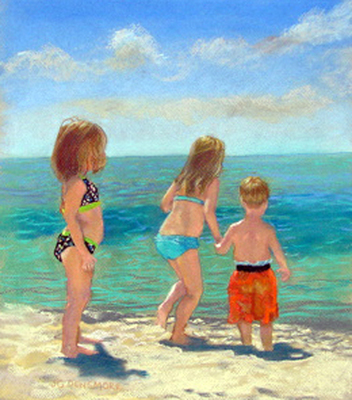 painting by Janet Densmore, author of this article
painting by Janet Densmore, author of this article
You will find the monitor signs posted in the following locations: Tier 1 is on Lakeshore Drive; Tier 2 is at Buccaneer State Park Beach near State Park Road; Tier 3 is near Vacation Lane / St. Clare Catholic Church; Tier 4 is near St. Charles Street, Bay St. Louis.
Editor's note: See maps at end of this article.
The Mississippi Department of Environmental Quality monitors the beach water at these sites to keep us safe from biological pollutants, namely bacteria and viruses. Easy to remember is a standing notice from DEQ recommending that "swimming not occur during or within 24 hours of a significant rainfall event." A "significant event is 1-inch or more rain."
Runoff from storm drains with this amount of rainfall automatically triggers a warning because more bacteria spill into the beach waters mostly from animal waste or failed septic systems. After 24 hours of sunshine and UV radiation, bacteria dissipate back to the safe range. I spoke with Emily Cotton from DEQ who broke it down for me.
Cotton explained that DEQ's Beach Task Force tests our shoreline at the monitoring stations weekly year round. What exactly do they test for? Indicator bacteria. These are benign bacteria called enterococci (enterococcus if singular) who are always present in the water.
On the short list: the vibrio family of organisms and parahemoliticus found on raw oysters can be nasty. Emily Cotton reminds me that certain groups of people are also most vulnerable: toddlers and people who have weakened immune systems, and we should always be mindlful to protect the vulnerable among us.
On the positive side, there are some good vibrio creatures who eat up oil - we love that idea. When dispersants broke down BP's massive oil spill into small droplets throughout the water column of the Mississippi Sound the vibrios multiplied- the good ones and the bad ones. There's vibrio cholera causing havoc in third world countries with poor sanitation like Haiti and India. We don't have a problem with cholera stateside.
In Mississippi, (Louisiana, and Alabama) you may recall warnings not to pick up tar balls because of vibrio vulnificus - the worst bad guy of the vibrio family. The vulnificus is more commonly known as the "flesh eating" bacteria. Maybe you have read news stories of people who become infected and with vulnificus. Fishermen sometimes fall prey to such attacks.
Any wound that breaks the skin opens the door to vibrio vulnificus (and any other bacteria/virus) when concentrations of these organisms are high. That's why the beach monitoring program helps protect us.
For little kids and people with weakened immune systems the story is a bit different. For instance, if you eat a raw oyster with parahemoliticus and you're healthy, you'll probably be fine. However, if your constitution is impaired - you may be sickened enough to die. This is why doctors warn people with certain illnesses, vulnerabilities, or undergoing certain treatment regimens to avoid eating raw oysters entirely, thus preventing any potential of risk. Or you could cook them first.
As for the bad vibrio vulnificus, fortunately, doctors along southern beaches are onto this one, but diagnosis is difficult. These guys are hard to test for. So what does one do about a scratch at the beach, or a prick from fish or crab?
Good old soap and water! Remarkably, Emily Cotton told me, the anti-bacterial gels, hand sanitizers and sprays will go after bacteria but are not as effective against all viruses. To kill both viruses and bacteria, good old soap and water is your best bet. If you get a wound, clean it right away with soap and water. Don't go in the water during warning days if you have an open cut or sore.
When I checked the DEQ websites' historical data I found the last warning about high concentrations of sentinel bacteria for our beaches was on February 6-10 of 2015 for Waveland Beach near Vacation Lane extending from Oak Blvd. eastward to Favre Street.
The year before, (2014) from April 18 to May 7 there was a warning near St. Charles Street from the box culvert eastward to Ballantine Street, as well as Long Beach near Trautman Ave. from Oak Gardens Ave. eastward to S. Girard Ave.
To make it easy to find out: you can have beach advisories sent directly to your email or you may text "MDEQbeach" to 95577 to receive beach advisories by text to your cell phone. Of course you may always check the website at: www.deq.state.ms.us; you will find links with MDEQ on Facebook and you may follow on Twitter as well.
In the interest of full disclosure, this author has been known to go kayaking and swimming at Waveland beach only to discover later that the red line across the graphic swimmer on the monitoring sign warned against it - and absolutely nothing bad happened to me. I hope this information has encouraged you to know that our beach is safe and we can always check to be sure of it.
Hancock County Beach Monitoring Areas
Swamp Spring
- "Here the people pull you in, and the swamp slowly plants your feet into its ever-shifting mud."
|
We have the house wide open for air on this first really warm day of the season. As I sit waiting for a series of brilliant insights to coalesce and arrange themselves unaided onto the empty page in front of me, I notice the distinctive and close chirps of a spring food- and house-hunt right outside the front door.
|
The Shoofly
|
I am neither a bird expert, nor do I possess a vast knowledge of trees, flowers, or other plants. I am, however, seeing the patterns of change come in waves, the cycles of the plants and animals with whom we share real estate becoming old friends as I see them repeat each year. I take photos of the massive camellia bushes coming into bloom, the Bradford pear as it goes white, the little turtles crossing the driveway, and the skinny young lizards, even though I realize that I have almost identical photo albums from last year and the year before. It makes me think of my grandmother, who lived in the Nebraska panhandle her whole life and wrote letters that summarized the arrival of the robins, the deer sightings, the spring rains, the calving, the growth of the flowers.
In the Nebraska panhandle, the past is visible in the still-clear Oregon Trail ruts that cut through the grassy landscape on gentle plateaus. If you stand in the ruts on the small rise above the town where my grandparents grew up, the area below looks like a diorama, a set. It was incredible when I first saw the town from that angle, thinking of my grandparents living out there all those years with a relatively small cast of people and playing out life on this giant stage under the wide sky.
In Hancock County, Mississippi, the past curls like jasmine in the trees, and rises and falls with the tides. When you take a kayak up Bayou Talla, or stand in Waveland at the corner of Nicholson Avenue and Beach Boulevard and look up at the lot where Eliza Nicholson’s mansion once stood, you can feel the past in ways unique to here. Many places like to say, “Once you’ve stayed here long enough, you won’t be able to leave,” but I can sense some truth to that in Hancock County. Here the people pull you in, and the swamp slowly plants your feet into its ever-shifting mud.
continue reading below
Say you live in the Kiln, and you will get some combination of a number of standard responses. If you’re anywhere between Baton Rouge and Mobile, whomever you’re talking to will tell you that their grandma/aunt/mother’s cousin is from the Kiln and they have amazing memories of going there as a kid and swimming in the river. Then they’ll ask if you know Brett Favre. They might ask if you have ever been to that, “...uuum, that one bar. What was it called... I saw it on ESPN. Oh—The Broke Spoke! You know that place?”
People generally seem impressed when I say that yes, we live in the vicinity of the Broke Spoke, and I have indeed been there. At night, even. And yes, to the inevitable next question: I have had moonshine. Well wait, actually. I think it was homemade wine.
The first year is always a fascinating time when you move into a community. Each person you meet has the potential to become a lifelong friend, and you have no idea what pattern you will weave into the local fabric over time. It felt like there was something more dramatic and poignant about that phase of living here than I’ve experienced in other places. Maybe it’s just me. Maybe it’s because so many of the people who live here actually grew up here, and come from families who have been here for generations. The history is right in front of you in the stories of the people you meet. Their very names tell stories.
continue reading below
Probably a third of Kiln’s population was packed into that church and/or at the reception afterwards (it was a spectacular wedding—congratulations to Lindsey (Lee) and Jonathan Bounds). Here was the continuing narrative of a place that has seen breathtaking ups and catastrophic downs—followed by renewal—that is in many ways typical of small town America, but whose stories are anything but typical. I would not have missed being there, even though I did not know tons of people at the wedding. This was part of the history of the people of this town.
Kiln’s first European settlers came in the early 18th century to an area originally inhabited by Choctaw and Muskhogean people (see the Hancock County Historical Society’s fantastic website for this and so much more). Many more people arrived during the booming timber milling years, and Kiln was a thriving town with good services and schools. But after 1930, following the forests’ depletion and the resulting mill closings (not to mention the stock market crash and the Depression that followed), people either left or stayed and did what they could to get by. For some, that apparently included capitalizing on location, resources, and know-how to create a moonshine economy during the mid-century. This left Kiln with more of an outlawish reputation than may be deserved.
continue reading below
The warblers are back. They’re checking out a flowerpot in the collection of toys that we’ve accrued from our walks on the beach. Maybe they’ll set up their little incubator in there this year.
The Infinite Difference
- A connection with a bluebird gives a "glimpse of grace that few people experience in a lifetime."
| Tink. Tink. Tink. Tink. Tink. Tink. Tink. Seven times. That was the magic number. Seven. It could as well have been five, or eight, or six, or even nine. And it wasn’t magic at all, really. But seven seemed right when I began the ritual, so seven strikes became the twice-daily signal, the early morning and early evening summons. I walked out of the back door of my house and across the yard to where an iron hook held a tray that was, for these two periods of time, the center of attention for me and for those who met me there. | The Shoofly |
My introduction to the Eastern Bluebird came during a move from New Orleans to southern Mississippi. My husband, Jay, was retiring and we decided to relocate to the country and simplify our lives. The house we purchased came with a couple of acres of land and, for a lifelong city girl, seemed vast by comparison. As the movers unloaded furniture and boxes at the new place I stood outside the van, directing them. At one point I noticed a small flash of bright blue flying across the yard. I followed it with my eyes to where it landed on the roof of a decaying old purple martin bird house. The house was high atop a long metal pole set in a clearing. What struck me about the bird was the brilliant hue of its feathers. When it landed and turned in my direction I saw that the breast was rusty in color. I’d seen blue jays, plenty of them, but this bird was smaller and more delicate. The intensity of the blue was breathtaking and, as a nascent bird watcher, I became transfixed. My field guide and binoculars were tucked away in a box, so identifying the bird had to wait. The movers were already impatient.
Over the next few days I unpacked and settled into the new place. While organizing the books and stacking them onto the shelves in the library I came across the field guide. Abruptly I stopped my work and plopped down on the floor. Sitting cross-legged as I perused the book I tried to recall details of the bird’s appearance. I had placed seed in various locations around the property earlier in the week but hadn’t seen the bird on any of the feeders. As I turned one of the pages I spotted the blue beauty. There was no need for binoculars, no question of which species it was. The blue was unmistakable. But the information offered in the field guide was minimal and I wanted to know more. I remembered seeing an advertisement for a wild bird shop in the local newspaper and when the opportunity arose I drove over to it, a place called Lydia’s Audubon Shoppe in Gulfport. I could tell that Lydia saw enthusiasm in my face as I described the beautiful bird that had paid me a visit. When I explained that it didn’t seem interested in any of the seed I’d put out she smiled, saying, “They won’t eat seed. You should feed them mealworms. It’s their favorite food.”
“Great,” was my response. “You have them here, yes?” I’d never heard of giving birds anything other than birdseed or old, stale bread. She guided me to a corner of the store where feeders of various types were displayed, handing me a tray designed specifically to hold mealworms. It was rectangular in shape, a cypress frame about the size of a paperback book, with a chain hanger and a screened inset. “Okay, so where are the worms?” I headed for the checkout counter with the tray.
“I have them in the back. They’re in the refrigerator.”
Lydia must have read the confusion in my face because her next comment was, “They’re alive.”
“What?” I held the tray out in front of me. “I have to put live worms in this thing?” Here I was thinking they were dead, dried, fried, but alive? Oh, no.
“Bluebirds won’t eat anything dead. But don’t worry, you don’t have to touch the worms. They come in a bag of a thousand. You just shake a few out into the tray, close the bag with a twist-tie, and stick it in the fridge. As long as you keep them cold they don’t move around much. It’s no big deal.”
No big deal. I envisioned a brown paper bag on the door of my refrigerator, nestled next to my quart jar of Hellman’s. I could see Jay grabbing for the mayo to enhance his BLT and latching onto an escapee in the process. I’d heard that worms were an excellent source of protein but couldn’t quite picture them as an unexpected garnish to his triple-decker. All these thoughts bouncing around caused me to hand the feeding tray back to Lydia. I told her, “Thanks, but I think I’ll pass.”
Lydia smiled. She suggested I purchase a bluebird house and offer them lodging instead of food. “They don’t eat just anything and they don’t nest just anywhere.” Shrewd businesswoman. The birdhouse was far more agreeable to my sensibilities than worms. I opted for a house and carried the rough sawn cedar bird box to the checkout counter. Lydia further recommended a bluebird book from her surprisingly well-stocked supply. She fanned the pages of the book as she spoke. “I think you’ll find everything you want to know about bluebirds here. And just in case you change your mind, I keep a good stock of mealworms all the time. There was that smile again, that knowing look. I had the uneasy feeling that I was being set up. But then, my discomfort might have been more rooted in the idea of “ookey” things crawling around in my refrigerator.
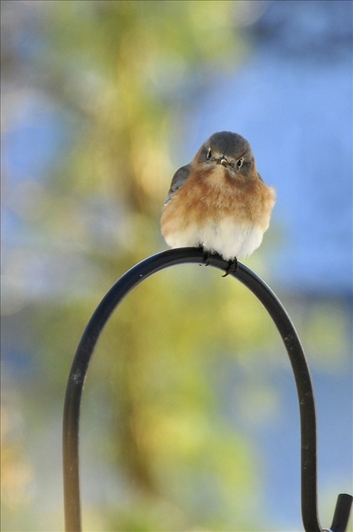
The birdhouse I’d bought was a little smaller than a shoebox. I read up on where to place it, and when Jay was available he attached it to the side of a pine tree, facing south as suggested. I was able to see the box from our kitchen window and from the back porch of the house. A couple of days later I glanced out the kitchen window. There was a bluebird sitting on the roof of the house, checking it out. He peered over the edge and down into the hole on the front. He shifted his position, hanging onto the front, vertically, and sticking his head all the way inside the opening. The next time I looked in that direction he was inside the box, looking out.
Apparently the lodging was satisfactory. The site became the constant focus of a pair as they built their nest inside, a neatly-woven combination of pine needles and grasses. A few weeks later I climbed on a ladder, lifted the hinged roof, and peered down into the box, discovering four bright blue eggs inside. About two weeks later the eggs hatched, and I watched as the parents labored throughout the days, taking turns bringing food to the nestlings. The nestlings grew and, called fledglings once they leave the nest, took flight and disappeared into the woods behind my house. I enjoyed the experience of watching the development and behavior of the family so much, I knew I would do what was needed to keep them returning to the yard.
Those mealworms appeared in my mind again. What were they, anyway? Going to the internet for information, I discovered that mealworms are the larval stage of a beetle. I’d been a tomboy since childhood and there was no problem holding a beetle. I was probably the only kid I knew who had a dissecting kit when I was younger. It’s possible that I even cut up a beetle or two to see what was on the inside. But then my undergraduate biology memory kicked in, and my thoughts skipped directly to association. The mealworm is to the beetle as the maggot is to the fly. Nice. I’m going to buy the equivalent of a bag of maggots and keep them in my refrigerator.
This was a tough call for me. I thought about a picture I’d seen recently in a magazine, a male bluebird perched on a feeder tray. He had mealworms hanging out of his mouth, so many it looked as if he could not have fit another one. I considered the fact that I am completely comfortable holding lizards, and frogs, and even snakes. Compared to them, how bad could a little mealworm be? And Lydia said I didn’t have to touch them. Well, that did it for me. I’d rationalized myself right into another trip to The Audubon Shoppe.
When I walked in the door Lydia looked up from her merchandising task and smiled. It was that same look of understanding. “I figured you’d be back. Bluebirds will do that to you.” She stood up. “You here for the worms, huh?”
“Yeah,” I laughed. “I’m willing to give it a try." I felt like she was a pusher and I was about to become a user.
Lydia disappeared through a door in the rear of the shop and returned carrying a cloth bag about the size of a plastic newspaper sleeve. Worms. As I bought the feeder tray and the bag of worms I wondered if Lydia ever saw herself as the supplier for someone’s habit.
The song I learned as a child played in my brain as I drove home: Nobody loves me. Everybody hates me. I’m gonna eat some wor-er-erms. Big, fat, juicy ones. Short, slim, slimy ones. Itsy-bitsy, fuzzy-wuzzy worms.
When I arrived at home I took the feeder and the worms out into the yard. Sometime earlier that week I’d read that birds will associate sounds to food sources, either a rapping noise or a whistle, so I grabbed an old tablespoon and a tall plant hook, the kind that looks like a shepherd’s hook, from the garage and brought them into a clearing in the yard. After settling the hook firmly into the ground I took the spoon and rapped it against the hook seven times. Tink. Tink. Tink. Tink... I placed the feeder tray on the ground, undid the twist tie on the bag, and tipped it, shaking it until about a dozen mealworms tumbled out into the tray. As I closed the top and hung the tray on the hook the song in my brain continued: First you pinch the heads off. Then you squeeze the guts out...
Back in the house I opened the refrigerator and put the bag of worms on the bottom shelf of the door, away from the mayo. I closed the door. I opened it again and moved the mayo and everything else on that shelf to a different part of the fridge. Better.
I stood at the kitchen window, looking out at the feeder and waiting for something to happen. Nothing . No birds came to check out what was on the menu. I waited, singing under my breath: Oh, how they wiggle and they squir-ir-irm...
Sometime later I walked out to the tray to see what, if anything, was happening. Only two worms in the tray. Yes. As I looked closer I saw that the rest were crawling on the outsides of the tray or had dropped to the ground and were inching around there. I realized that once off of refrigeration they became quite wiggly, and all too squirmy.
I prepared a special dinner for Jay that evening and when we sat down to eat, I took his hand gently into mine and began, “Dear, I wanted to mention that I bought something at the store today.”
“So?” He’d been familiar with my shopping habits for years and his indifference was evident. He knew I wouldn’t do anything outrageous without discussion first.
“Well,” I continued, “When you go to the refrigerator for your glass of water later, you may notice that some things are not in their usual places.”
He sat and listened, staring at me with a furrowed brow, in that way that husbands sometimes do when they aren’t quite sure which, silence or comment, will bring on trouble and how much. Or if they don’t know if their wives have slipped beyond the rim of reason, or if the entire situation they have suddenly found themselves in is a bizarre set-up, a joke of which, for whatever justification, it has been deemed that they are the brunt and for all that is within them, they cannot figure out why. He just shook his head slowly, remaining silent. I concluded that there are times when it is best not having the ability to read minds.
The next morning I repeated the process that I intended to make my twice-daily routine. I shook a few worms into the tray and hung it on the hook, struck the hook seven times with the spoon, and went back in the house. No response. After a few days of this I began to have concerns about my investment crawling away with no return, but then I glanced out the kitchen window just as a bluebird flew down to the hook. He dropped down onto the tray and ate a few of the worms. I could not have been more thrilled if someone told me I’d won a thousand-dollar raffle.
Once I knew the birds would “bite” I was committed. As seen in a photograph in the bluebird book, I would not give up until I had the birds eating out of my hand, literally. So it continued, every day, twice a day, I doled out the worms and rapped on the hook with my spoon. The offering became as normal a part of my routine as morning coffee, reading the newspaper, and writing, only with a side of worms.
A friend of mine called and in the course of conversation mentioned she was purchasing a new refrigerator. She wanted to know if I knew anyone who could use her old one. Perfect. I gladly took it off her hands and put it in the garage, relocating the worms there. Jay was pleased.
When the following spring came I observed the nest-building ritual as before and in late March, there were once again babies in that cedar bluebird box. The adults were accustomed to me and I continued feeding them and feeding my habit. There were times I’d be walking the property and a male bluebird would come up and flutter over my head, calling to get my attention. He’d fly to the low branch of the pine tree and wait for me to bring out worms. The males, I found, were less fearful than the females, always the first to come closer, always staying longer at the feeder. I grew more and more comfortable with handling the worms, even tentatively picking them up with my fingers on the occasions when they missed the tray as I shook them from the bag. Sure, they wiggled as I held them and, yes, they squirmed. But they weren’t at all slimy or fuzzy as the song suggests; the skin was smooth like snakeskin.
On one of my now regular visits to The Audubon Shoppe, Lydia told me the store was closing. She decided to retire and in doing so, left me in a panic, without a supplier for my bluebird habit. She’d already sold her remaining stock. Though she gave me a source name and phone number for a company up north, when I called I was informed that they didn’t ship to the southern states in the warmer months. I went online and found a supplier, just outside of Baton Rouge, that shipped year-round. The supplier advertised that they were the largest supplier of feeder insects in the nation. I placed an order: five-thousand mealworms, overnight.
I wasn’t home the next day when the shipment arrived, but my arrangement with FedEx allowed for delivery without signature. The package was on my doorstep when I got home, a cardboard box about a foot square and six inches high with cute little insects printed all over it and cut-outs on two sides with screen inserts. I don’t know what time the worms arrived, but when I picked up the box to bring it inside there were some strange sounds emanating from it. I carried it into the kitchen and put it on the floor, cutting the sealing tape. I opened the flaps and tuned in to the equivalent of a horror or science fiction movie.
Lydia’s worms came a thousand per unbleached muslin bag, the worms packaged with sheets of rolled up newspaper. I was expecting five bags that I could pull out of the box and toss into the refrigerator in the garage. What I saw when I opened the box was five-thousand, inch-and-a-half to two-inch long wiggling worms, loose, and at room temperature. Two layers of egg crate material divided the box but did nothing to contain the mealworms. They churned and crawled all over the inside of the box, and all over one another.
To the unaccustomed eye this sight would have been, no doubt, repulsive. And the sound — oh the sound that churning and crawling made, if amplified, would unnerve the most steadfast of men. It was a noise that might be heard if a room full of people, on cue, began wetting their lips repeatedly with their tongues, a low, smacking sort of sound as the lips separated, with no other noises accompanying it. But I was not unaccustomed and had over all those months desensitized to some of the “ookeyness” of my habit.
Once I realized my situation I knew I had to act quickly. I couldn’t return the worms and the longer I stood there, the more mobile they became. Fortunately I had not discarded some of the empty bags from Lydia’s, and I set about the task of getting the creepy crawlers corralled and cooled down. They moved up the sides of the box, over the edge, and out onto the floor. I couldn’t close the flaps without crushing some of the worms, and I certainly didn’t want to do that. Quickly, I spread sheets of newspaper on another section of the tile floor and, with only a moment’s hesitant repulsion, knelt down and cupped my hands into the box, scooping mealworms out by the score, distributing them onto the paper, rolling a sheet of it gently, and placing it carefully into the bags, cinching the ends with twist-ties.
I kept my lower body in place without shifting my feet, my arms reaching everywhere. Worms inched out in all directions on the kitchen floor, and I didn’t want to squish them by moving around. My quick action had the wayward wigglers contained is reasonably short order, under refrigeration, and dormant once more; my habit insured against shortages for a long time to come. Itsy-bitsy, fuzzy-wuzzy worms.
The bluebird babies continued to grow; the adults spent their waking hours gathering food and constantly flying to and from the box. As the nestlings grew I began seeing their heads pop through the entrance to the box in anticipation of food. This is when I revved up my feeding routine to keep up with the increasing demand, often putting worms out several times in one day. As soon as the adults saw me walk out of the garage with the bag they flew to the iron hook and waited. Taking turns they stuffed as many worms into their mouths as possible, dropping one or two, picking up more. The birds flew directly from feeder to nesting box, delivering the morsels to their young.
As fledglings the babies finally left the nest and flew away with their parents, and none of them returned for several days, a common trait as the young learn how to forage and survive on their own. The next time I saw them the babies were flying well but still mostly dependent of the adult pair for food. The entire family called out as they arrived on the low branch, and I headed for the garage and my bag of worms. This was the day I was finally, fully rewarded for my efforts and my persistence. I finally got what I wanted, but the results were not quite what I expected.
Following the routine of the seven strikes with the spoon, I shook a portion of mealworms into the tray as always. When I raised the tray to hang it on the hook the entire family flew down to eat. They were all within reach, fluttering above my head and landing on the hook, gobbling up my offering. That’s when one of the speckled babies landed on my hand, grasping onto my index finger as naturally as if it had been the branch of a tree. It finally happened. I’d made contact, what I had been hoping for all along.
I thought I would experience a smug sense of accomplishment, a feeling of victory, the long-awaited culmination of my efforts of time, money and endless patience. But the instant the unsteady little claws of that slight creature grabbed onto the finger of my outstretched hand, trusting that I would do it no harm, I realized I couldn’t have been more wrong. I held my breath in amazement, staring up at the intense black eye of that innocent, tiny bird and feeling a joy within that was beyond description. It was as if everything around us faded away, and there was just me and the baby bluebird. Nothing else existed. Nothing else mattered.
Only a flash in time and out of time, but in that moment I understood the infinite difference between what I wanted and what I had no control over, between my will and that of nature, my desire to grasp onto a delicate wild thing, and having that creature voluntarily reach out and hold on to me. I realized just how little the encounter had to do with me really; it was the bird’s choice completely. And I was rightfully humbled.
This moment was a rare and precious gift, a glimpse of grace that few people experience in a lifetime. And it was a gift that continues to fill me with awe.
This video from Youtube catches bluebirds delightedly dining on mealworms.
This month - how the magnificent white pelicans and a good friend can make our hearts soar.
photos by B.R. Hawkins
White Pelicans Author's note: Shortly before Katrina struck, I was walking late in the afternoon with my dog, Lhasa Boy, when we spotted some huge white pelicans. I lamented that my friend, Betty Ruth Hawkins, wasn’t there with her camera to capture this rare treat. After a time Lhasa became restless, so we continued our walk far down the beach and then turned around for home. As we walked back I saw the unmistakable silhouette of Betty Ruth with a long lens on her camera. Someone had alerted her, which is an example of what I love about our small community. Betty Ruth was wiped out in the storm and had to move to Jackson for too long a time. When she finally returned home, she gave me a printout of a collage from the white pelican photos, which were saved. I wrote the following for her in return. | The Shoofly |
The moment ends, and we return to our walk. I lament the absence of our muse, but see her from a distance some time later – lens, Betty Ruth, and pelicans fused in one captured moment, not long before the great storm. Not long before we were all shattered for a long, long time, both communities scattered. Not long before this peaceful moment became even more precious and rare, after a wrathful sea reached into both worlds.
Lhasa Boy has long since passed, but Betty Ruth has returned, her gift the captured spirit of that day, unshattered.
White Pelicans in flight
| Hancock Medical's Tom Carlton nourishes a muse - with the help of a Rock Star Friend A Musical Journey by Tom Carlton photos by Ellis Anderson | The Shoofly is sponsored by |
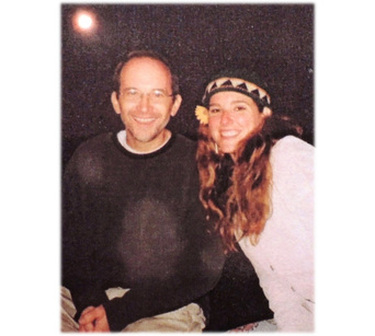 Tom Carlton and RSF Rochelle Harper, photo courtesy Tom Carlton
Tom Carlton and RSF Rochelle Harper, photo courtesy Tom Carlton When I was a kid in the 1970s, I had to make choices of participation. We couldn’t do every activity we wanted to do. I think parents were different then and didn’t cater to our every whim.
I loved and played sports early on growing up in St. Louis, Missouri, and was indoctrinated into ethnocentric sports fandom – including St. Louis Cardinals baseball, St. Louis Cardinals football and St. Louis Blues hockey. Two of the three are still ingrained in me today. Of course I had to switch out the Football Cardinals to the New Orleans Saints. I’m sure you understand.
When it was time for high school, it was time to pick new friends and define my environment. The groups were varied…there were the athletes, the book smart kids, the popular kids, the artists and the stoners. A person could navigate the different groups, but for comfort sake, you picked one in which to belong. I suppose kids are still doing the same today.
That being said, there is probably something inside everyone of us that lays dormant. For me, it raised its head every now and then….playing Beatles’ records my three older sisters had laying around or hanging with my older brother who fronted a garage band. Then in 1978, at the impressionable age of 16, I saw Bruce Springsteen for the first time at the 2,000-seat Kiel Opera House in St. Louis. That was my first concert ever thanks to my older brother. It was eye-opening. The Boss takes no prisoners and my imagination was forever alive with the sound of music.
Ignoring my artistic inclinations and continuing to hang with sports-minded people in college, I managed to meet one guy who played piano. We sang Squeeze and Beatles songs for fun. I specifically remember taking McCartney’s high harmonies on “If I Fell“ and feeling a certain tug. The artist in me was beginning to make some noise. Thank God I discovered a creative writing outlet at Mizzou, a university renowned for its Journalism School.
When I graduated, I was thrust into the real world where I reported, wrote, and marketed and eventually found my way to Mississippi. It was here that I finally bought a guitar in 1993. The guitar sat idol as a decorative item for about a decade in my various South Mississippi living spaces. Then, as a new millennium began, I met my RSF (Rock Star Friend) and my world changed.
I walked into a Mississippi Gulf Coast nightclub to see what the “buzz” was about surrounding singer-songwriter Rochelle Harper. A handful of people were scattered about the room and when the music started, a performance erupted -- no matter that there were only about 10 of us in the room. I remember a feeling in my bones that this was something special. Darned if it wasn’t the same feeling I had when I first saw Springsteen.
| So yes, in 2001, I discovered my own local music scene Jon Landeau and its name was the Rochelle Harper Band. I took in every RHB performance – not some performances, I’m talking all performances…from the beginnings of The Shed Barbecue Joint to the comings and goings of Mallini’s Point Lounge and Hurricane Cove to the Casino stages, to ballrooms, to classrooms, to festivals, to children’s hospitals, to charitable causes, to the Blue Gill in Alabama, to unplugged acoustic performances at the Julep Room, to live performances on WCPR’s Home Grown show, to BridgeFests and BayFests to the annual Christmas party at the Bay St. Louis residence of Lee and Liz Bosarge and on and on.…so I witnessed literally hundreds of performances. This was easily the busiest and hardest working band on the Coast and I decided to get involved. story continued below | Listen and buy Rochelle's new album "Lilt" from I-Tunes now! |
For about 10 years I made bootleg recordings, snapped countless photos, wrote promotion for the band and made videos back in the days when film still had to be bought and developed. I thought I might as well document it all, since I was there anyway. That got expensive because I was always in search of an iconic Janis Joplin-like photo of this dynamic performer who was presenting theater-worthy shows basically for free in my own backyard.
I never did capture that iconic photo, but I’ve seen plenty of great photos of Harper and the band by fantastic photographers, especially since we ushered in the digital age. The only thing that surpasses the number of shows performed by Rochelle Harper is the number of photographs snapped of Rochelle Harper. Some are amazing photos that capture the dynamic, the charismatic, and the energetic essence of my RSF.
So you see, after forty years alive on planet earth, I finally discovered that artistic friend that motivated and encouraged me to pick up my guitar and play. Through her encouragement and a certain muse, I finally put music to all the words I had written over the years and discovered that I have an ability for coming up with melodies.
Who knew? I guess that’s the result of a life that spans the history of rock n’ roll and listening to most of it. Writing songs for me now is an important part of my life and I like it a whole lot better than keeping journals. All it took was three chords and the truth (and some encouragement from an RSF).
Down the Road...
I was lucky enough to witness Rochelle’s showcase in Nashville this past September as Moonwatcher Records released her first professionally recorded studio CD. I was up to my old tricks, documenting the showcase performance via iPad video and uploading on facebook. It was exciting to experience.
The CD is “Lilt” and contains eight original compositions, a classic Bobbie Gentry cover and songs written by record producer Joe Taylor and hit songwriter Rob Crosby. I enjoyed writing one of the first record reviews for the production (see below) and I plan to continue contributing promotion as Rochelle’s musical journey continues.
As for my late budding musical itch, I scratch away with my guitar in hand and it feels real good! Thanks RSF.
See y’all down the road.
Review of "Lilt"
by Tom Carlton
“Lilt” is a labor of love, the culmination of a 10-year musical journey for American singer-songwriter Rochelle Harper.
The cover art for the project tells you all you need to know about the artist – lean and committed -bringing it every time she steps on stage in the tradition of classic rock heroes – from Janis to Bruce. Rochelle Harper is not afraid to let people see her sweat. Her lilt is as Southern as an ice cold glass of sweet tea, but there’s a whole lot of lovin’ grit and peaceful determination in her heart.
This Mississippi artist delivers the past, present and future with honesty and respect, singing her original home-spun songs and energizing fans with a heart on fire…proudly representing her sweet home Alabama and the strong roots that have taken hold in the rich soil of Mississippi, home of the Delta Blues.
Yes it’s true…Rochelle Harper sings out with a distinct Southern lilt -- songs that tell stories forged from a burning heart. Her passion for the soul of a song is imminent and her enthusiasm connects with audiences, one by one.
Fans in South Mississippi know the passion of Rochelle Harper. In her neck of the woods, she has been called “The Hippie Chick.” Her mantra is “Peace Within Music.” Her signature venue is “The Shed” barbecue joint. Her fans are young and old. And now the world can hear, thanks to the first studio produced record by Grammy-nominated musician Joe Taylor.
Like the artist, this collection of songs is lean and strong, emotional and true, grounded in love and soaring with hope.
Can you imagine love? That’s what this record wants to do. That’s what this record does.
"Lilt" is available on I-Tunes or Amazon.com
Categories
All
15 Minutes
Across The Bridge
Aloha Diamondhead
Amtrak
Antiques
Architecture
Art
Arts Alive
Arts Locale
At Home In The Bay
Bay Bride
Bay Business
Bay Reads
Bay St. Louis
Beach To Bayou
Beach-to-bayou
Beautiful Things
Benefit
Big Buzz
Boats
Body+Mind+Spirit
Books
BSL Council Updates
BSL P&Z
Business
Business Buzz
Casting My Net
Civics
Coast Cuisine
Coast Lines Column
Day Tripping
Design
Diamondhead
DIY
Editors Notes
Education
Environment
Events
Fashion
Food
Friends Of The Animal Shelter
Good Neighbor
Grape Minds
Growing Up Downtown
Harbor Highlights
Health
History
Honor Roll
House And Garden
Legends And Legacies
Local Focal
Lodging
Mardi Gras
Mind+Body+Spirit
Mother Of Pearl
Murphy's Musical Notes
Music
Nature
Nature Notes
New Orleans
News
Noteworthy Women
Old Town Merchants
On The Shoofly
Parenting
Partner Spotlight
Pass Christian
Public Safety
Puppy-dog-tales
Rheta-grimsley-johnson
Science
Second Saturday
Shared History
Shared-history
Shelter-stars
Shoofly
Shore Thing Fishing Report
Sponsor Spotlight
Station-house-bsl
Talk Of The Town
The Eyes Have It
Tourism
Town Green
Town-green
Travel
Tying-the-knot
Video
Vintage-vignette
Vintage-vignette
Waveland
Weddings
Wellness
Window-shopping
Wines-and-dining
Archives
July 2024
June 2024
May 2024
April 2024
March 2024
June 2023
March 2023
February 2023
January 2023
December 2022
November 2022
October 2022
September 2022
August 2022
July 2022
June 2022
May 2022
April 2022
March 2022
February 2022
January 2022
December 2021
November 2021
October 2021
September 2021
August 2021
July 2021
June 2021
May 2021
April 2021
March 2021
February 2021
January 2021
December 2020
November 2020
October 2020
September 2020
August 2020
July 2020
June 2020
May 2020
April 2020
March 2020
February 2020
January 2020
December 2019
November 2019
October 2019
September 2019
August 2019
July 2019
June 2019
May 2019
April 2019
March 2019
February 2019
January 2019
December 2018
November 2018
October 2018
September 2018
August 2018
July 2018
June 2018
May 2018
April 2018
March 2018
February 2018
January 2018
December 2017
November 2017
October 2017
September 2017
August 2017
July 2017
June 2017
May 2017
April 2017
March 2017
February 2017
January 2017
December 2016
November 2016
October 2016
September 2016
August 2016
July 2016
June 2016
May 2016
April 2016
March 2016
February 2016
January 2016
December 2015
November 2015
October 2015
September 2015
August 2015
July 2015
June 2015
May 2015
April 2015
March 2015
February 2015
January 2015
December 2014
November 2014
August 2014
January 2014
November 2013
August 2013
June 2013
March 2013
February 2013
December 2012
October 2012
September 2012
May 2012
March 2012
February 2012
December 2011
November 2011
October 2011
September 2011
August 2011
July 2011
June 2011

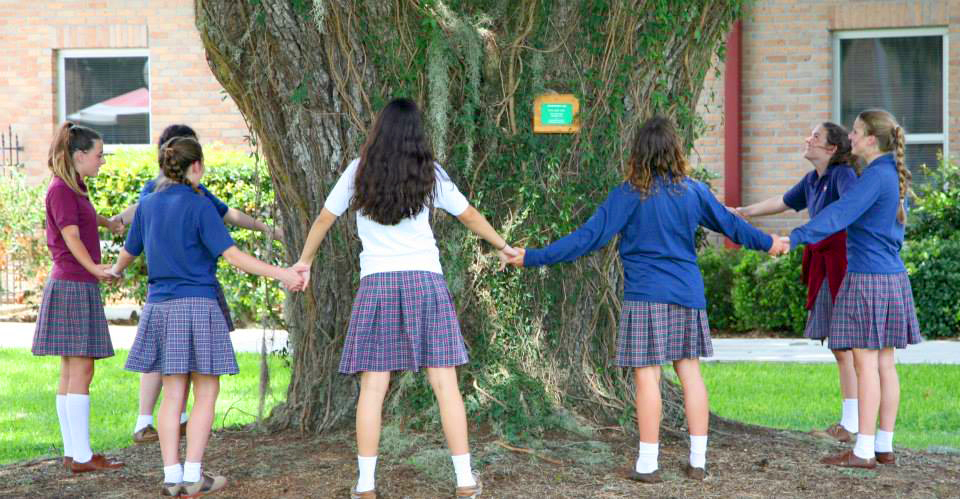

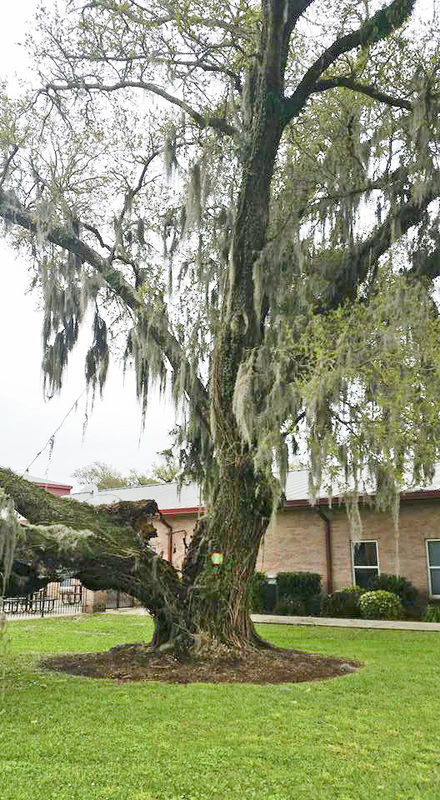
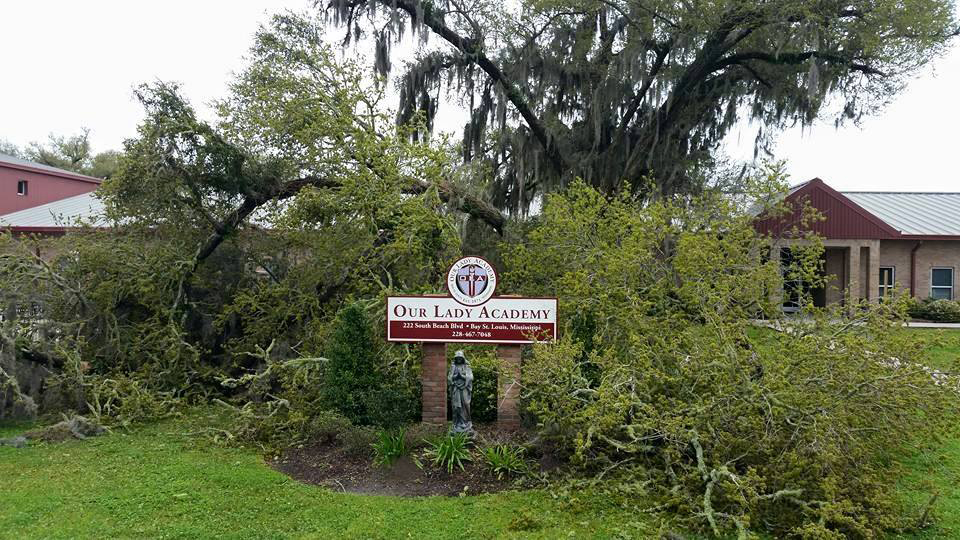
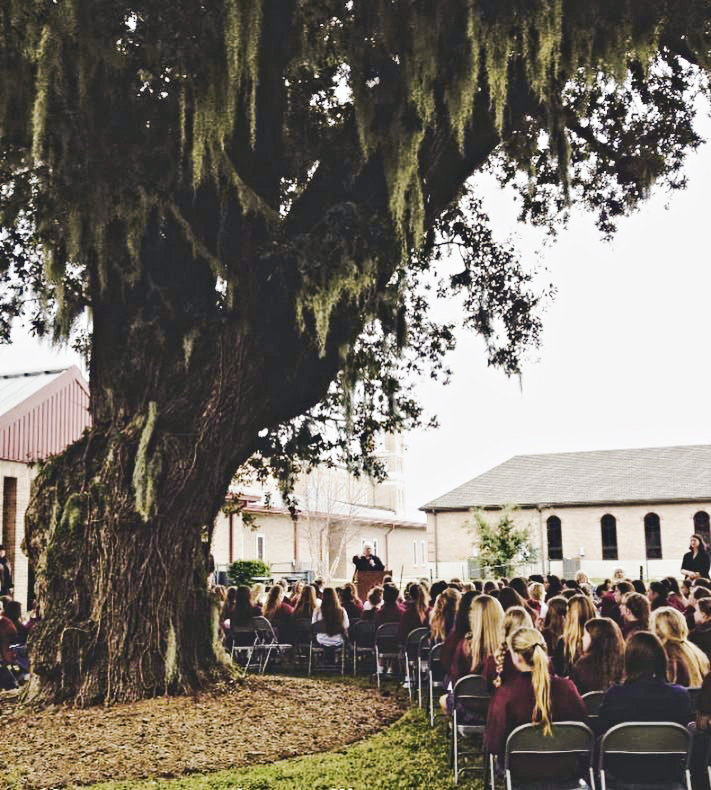
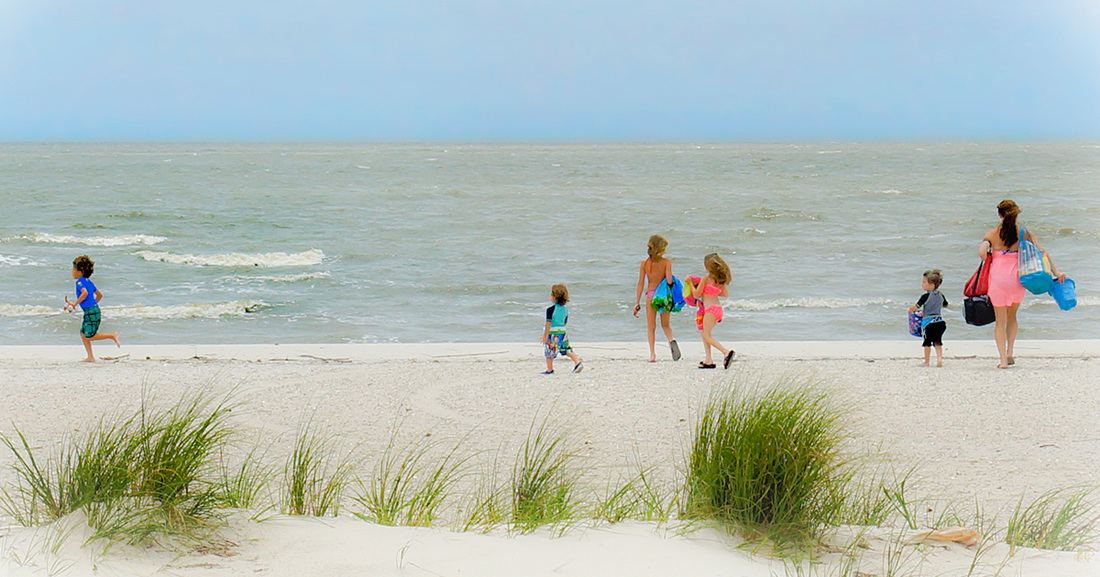

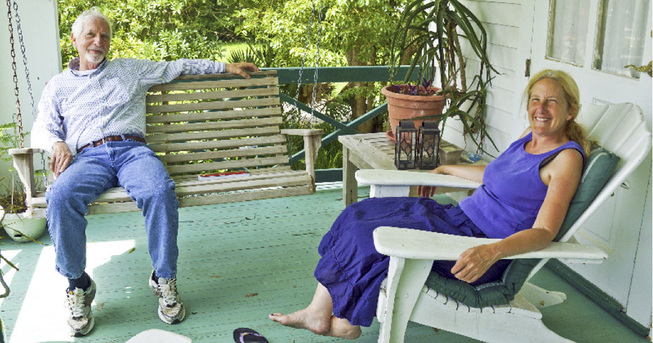

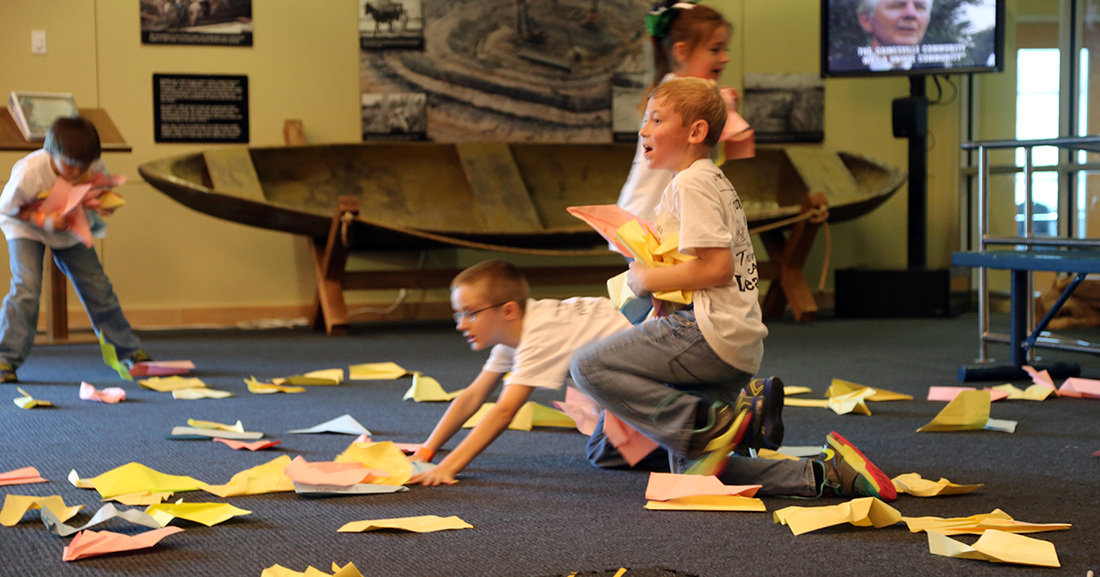
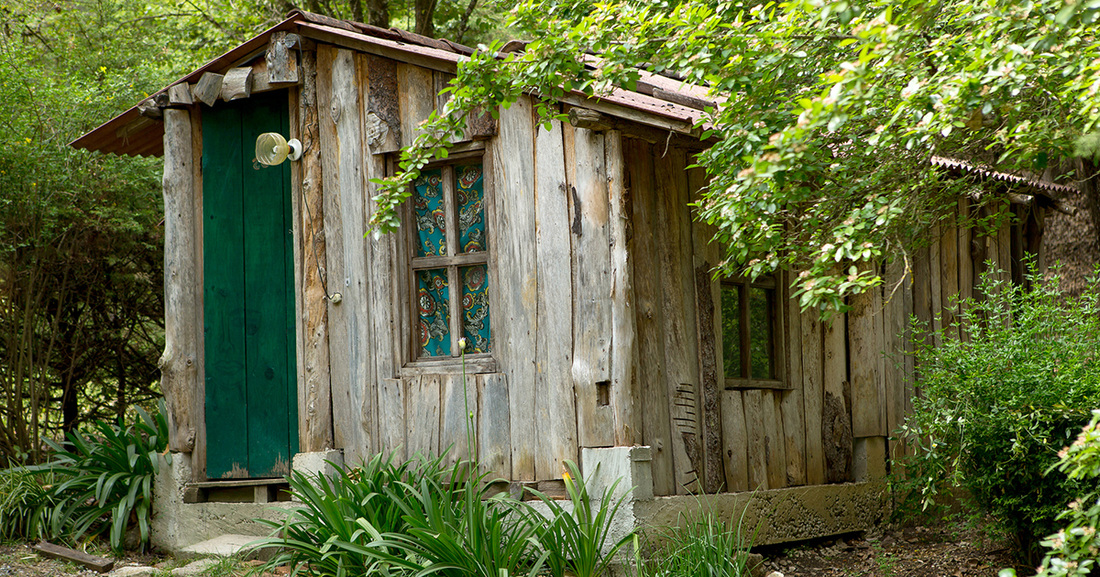
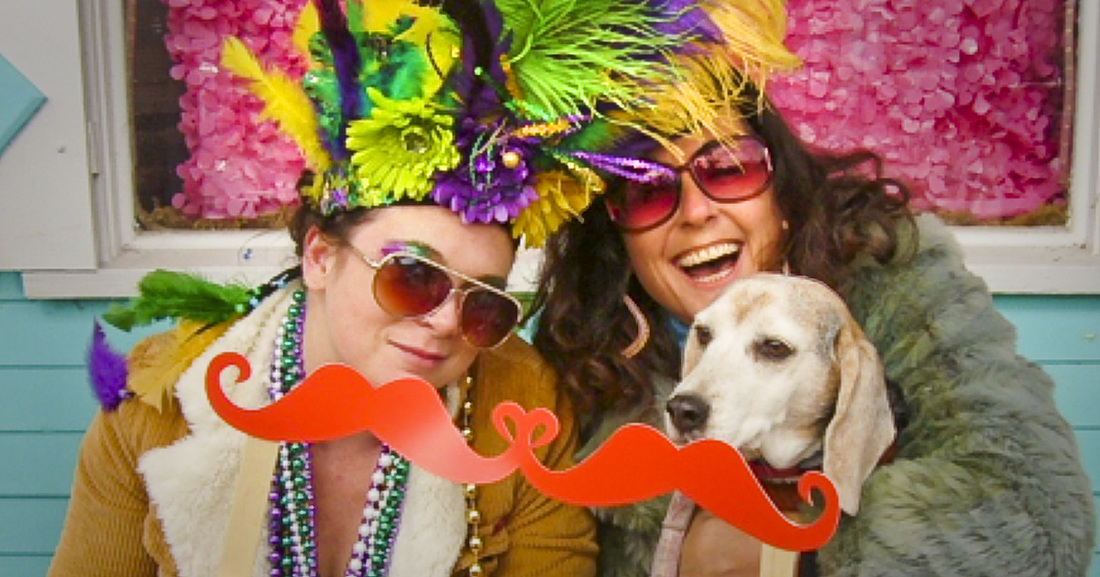

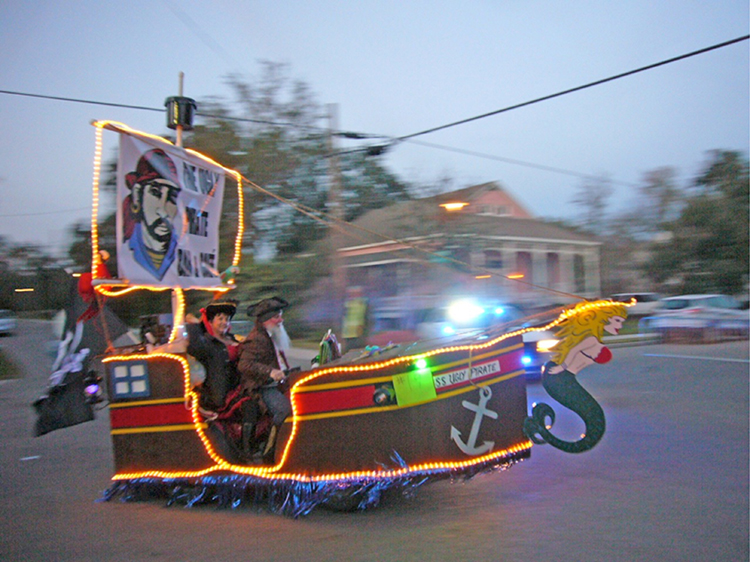
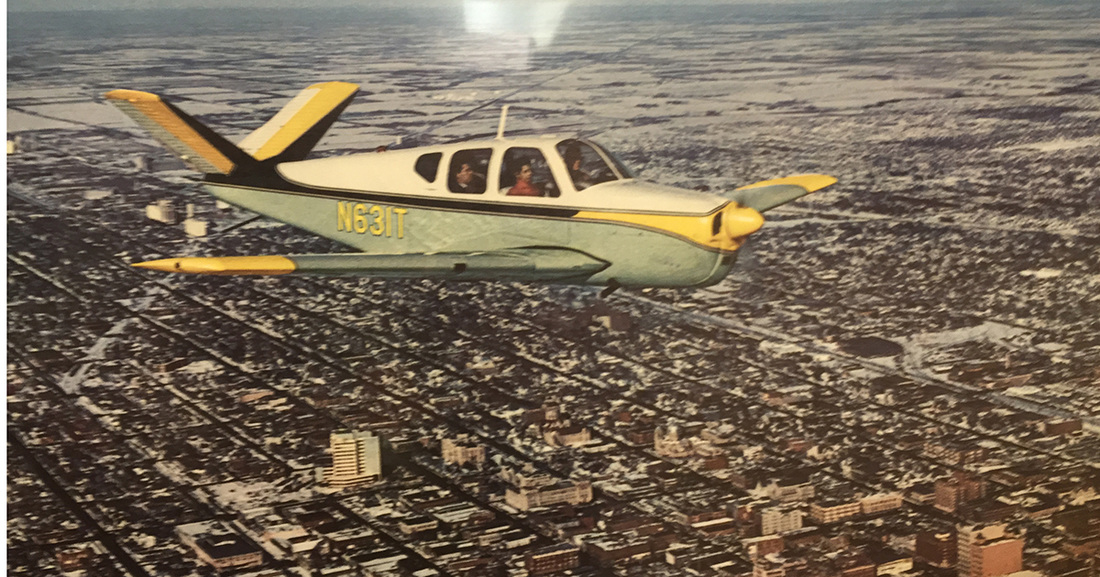

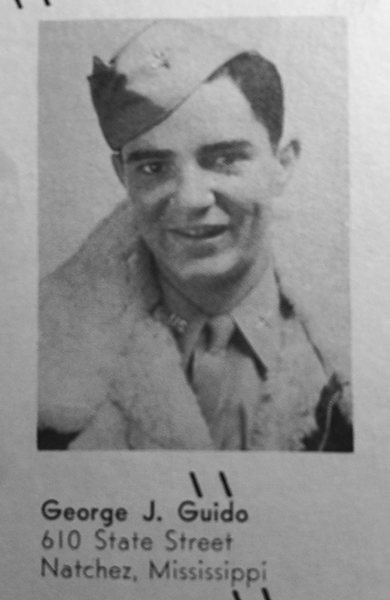
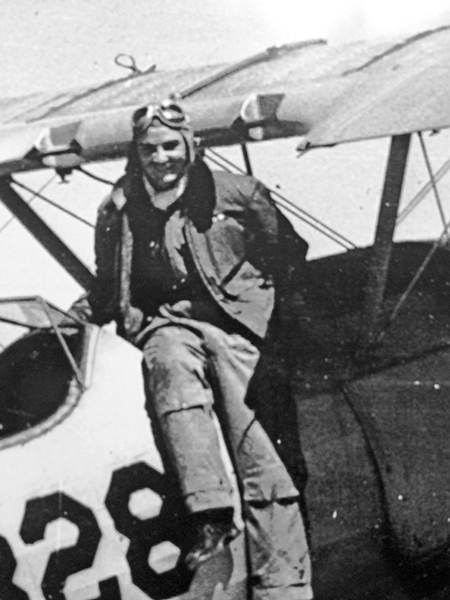
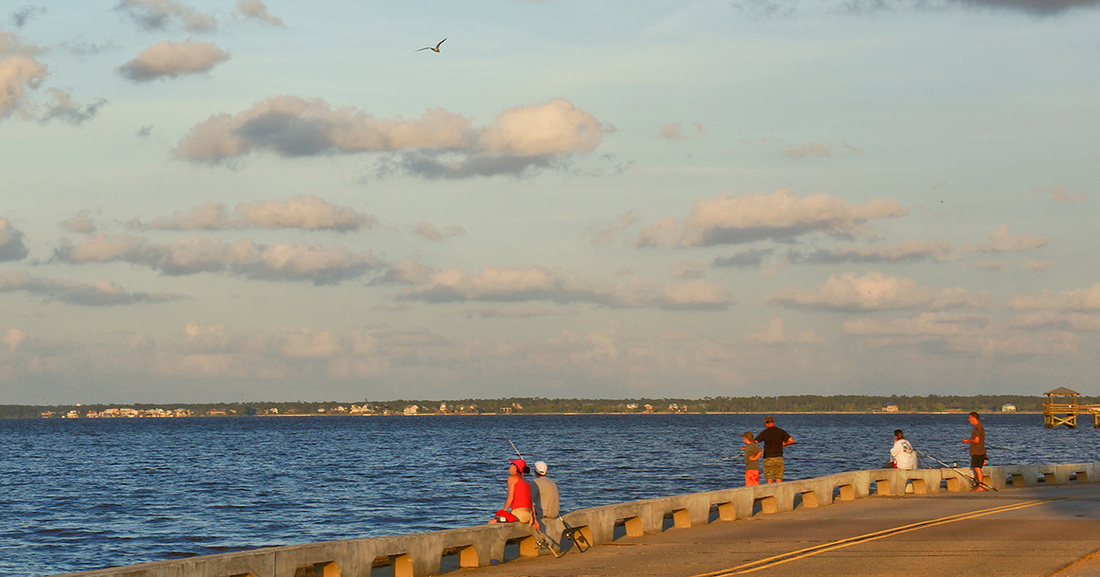

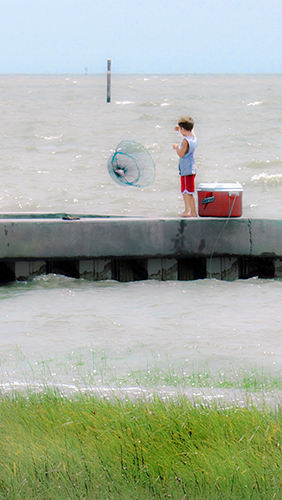
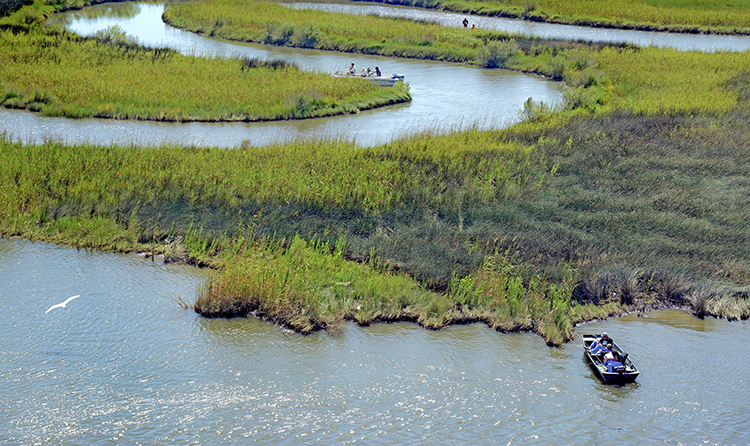
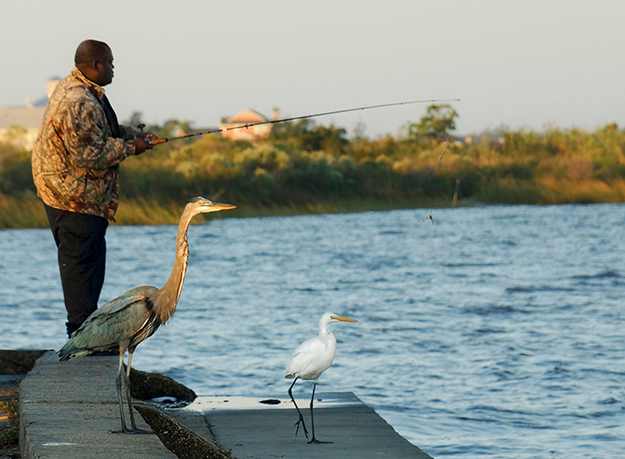
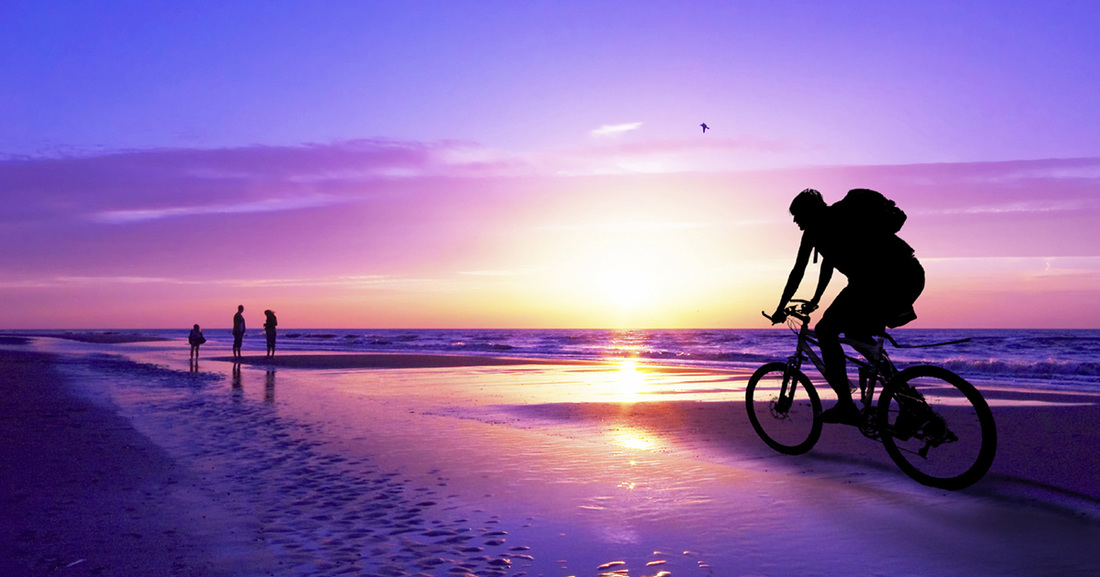

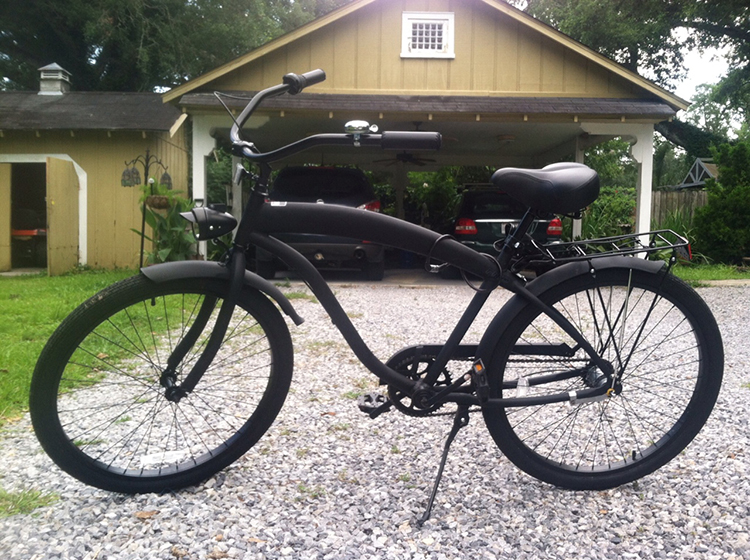
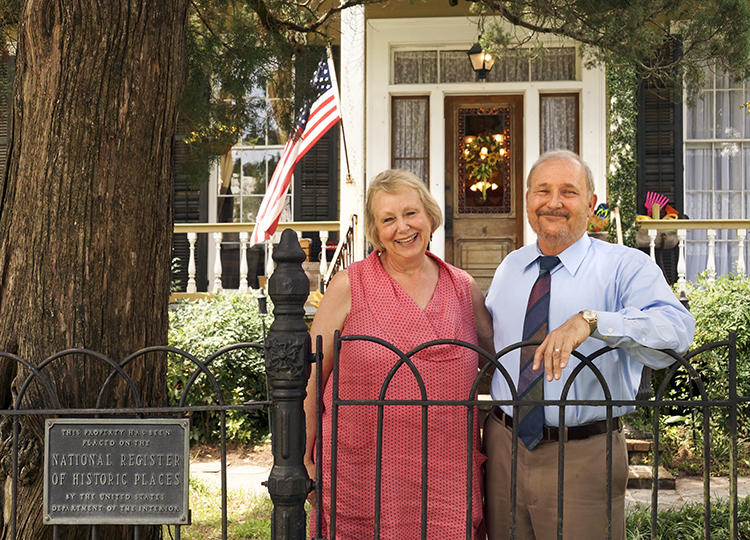
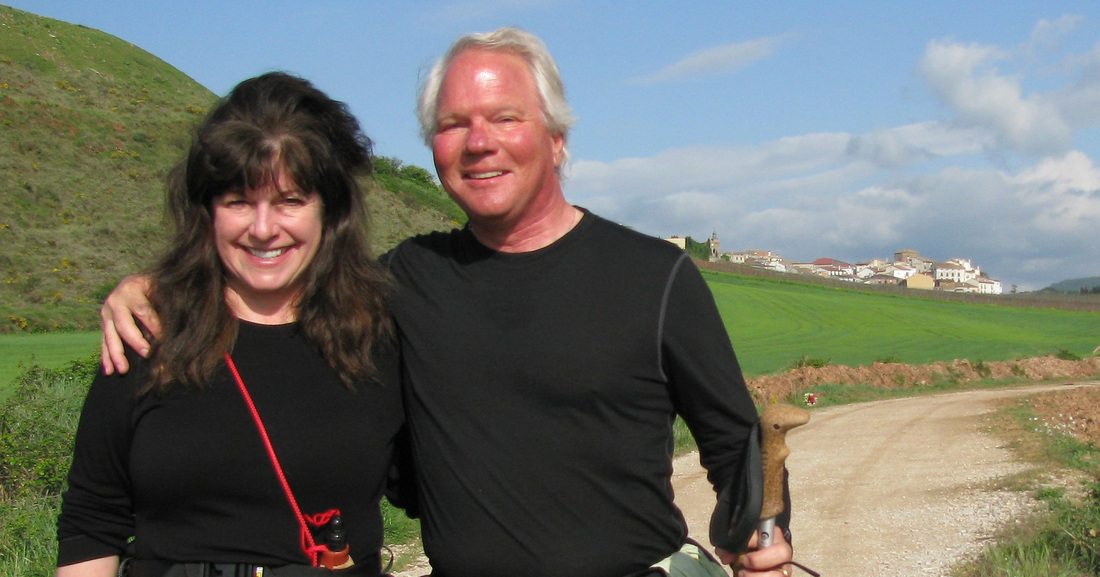

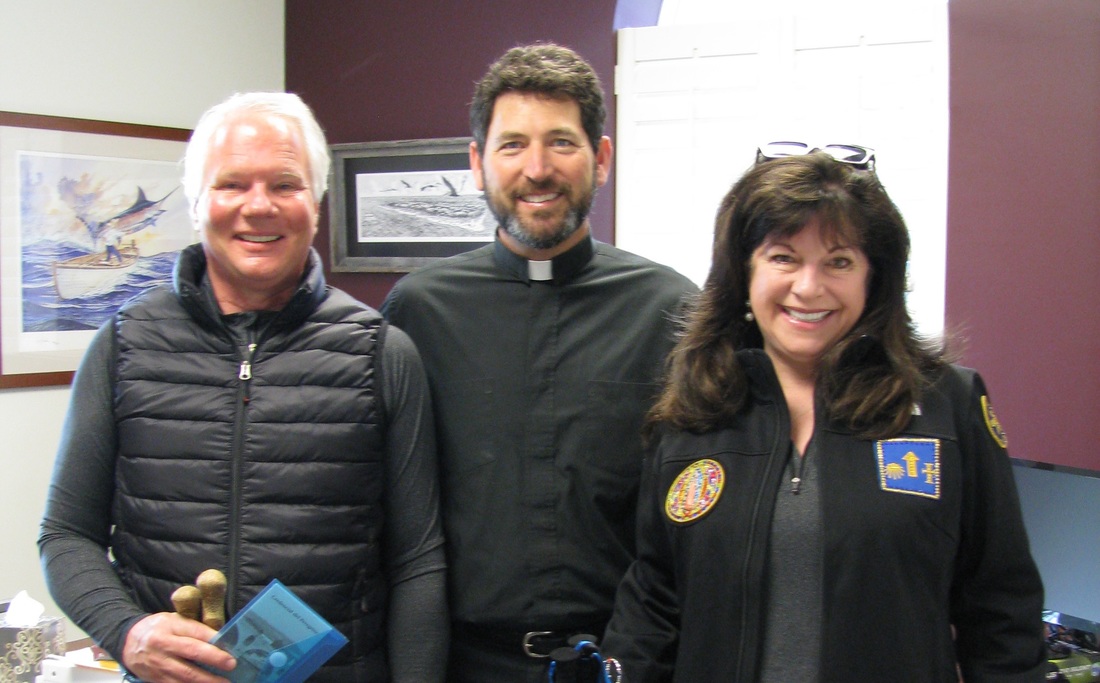
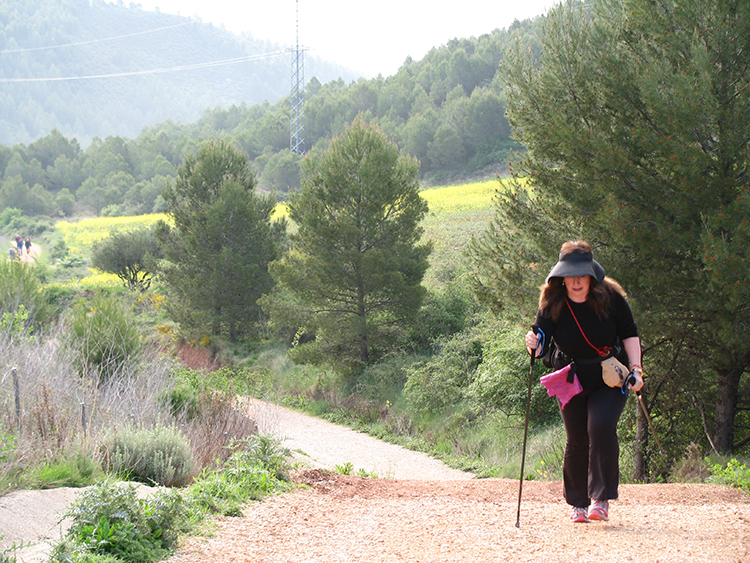
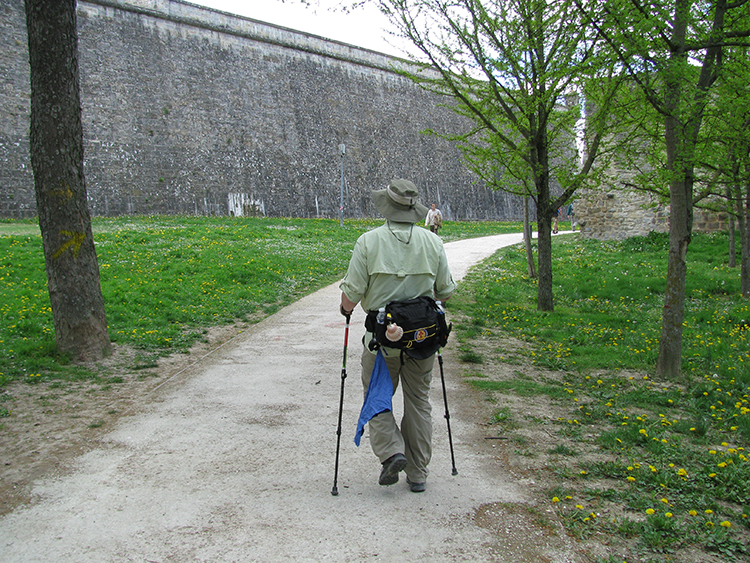
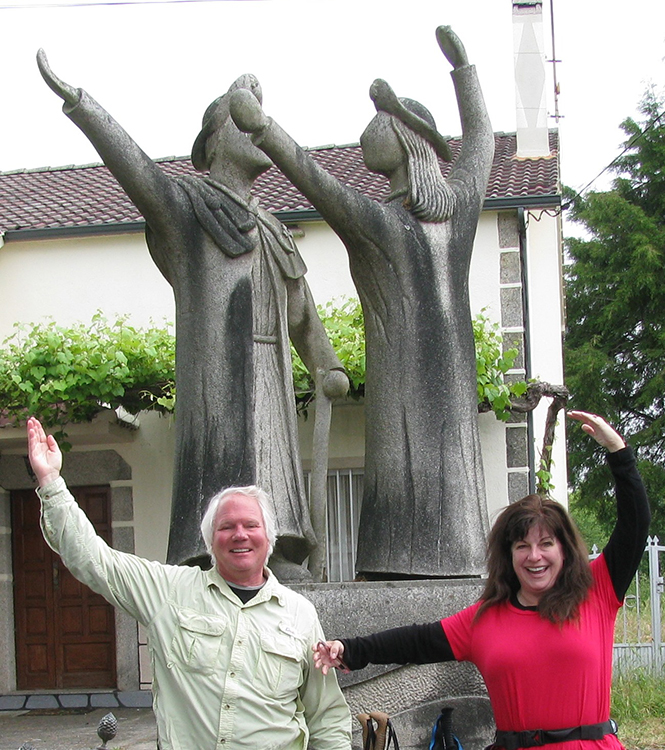
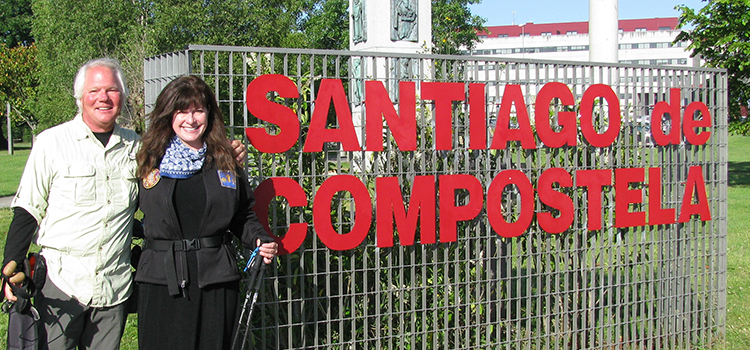
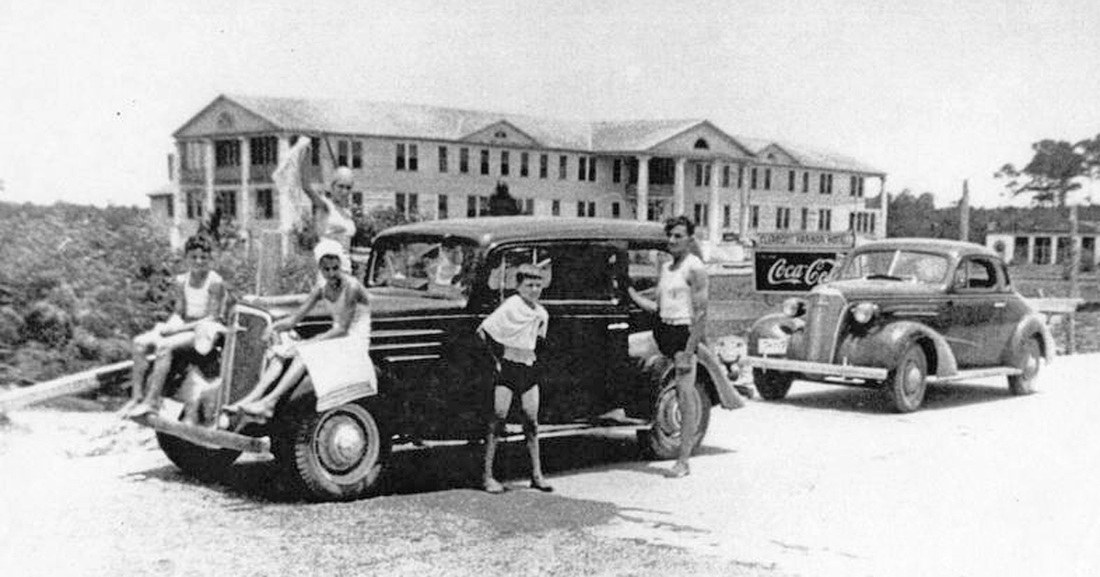

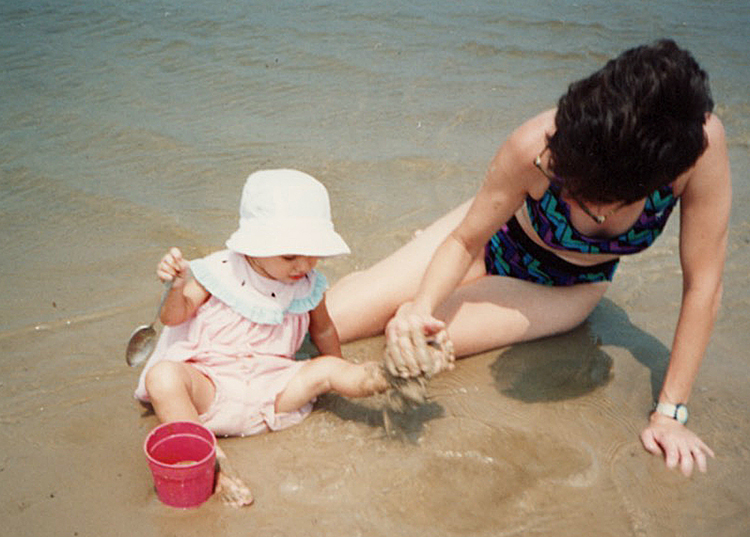
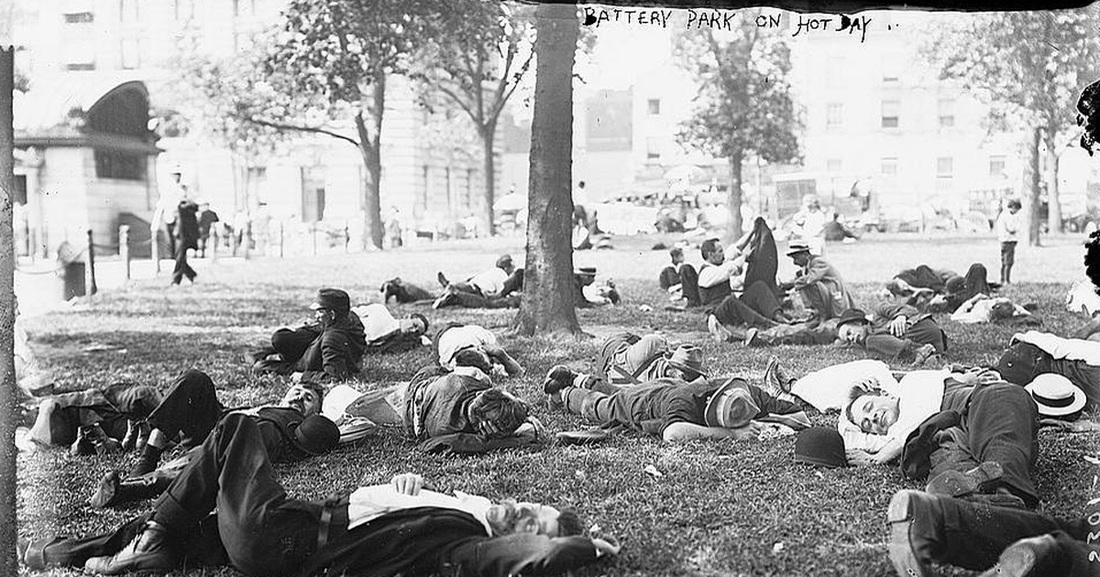



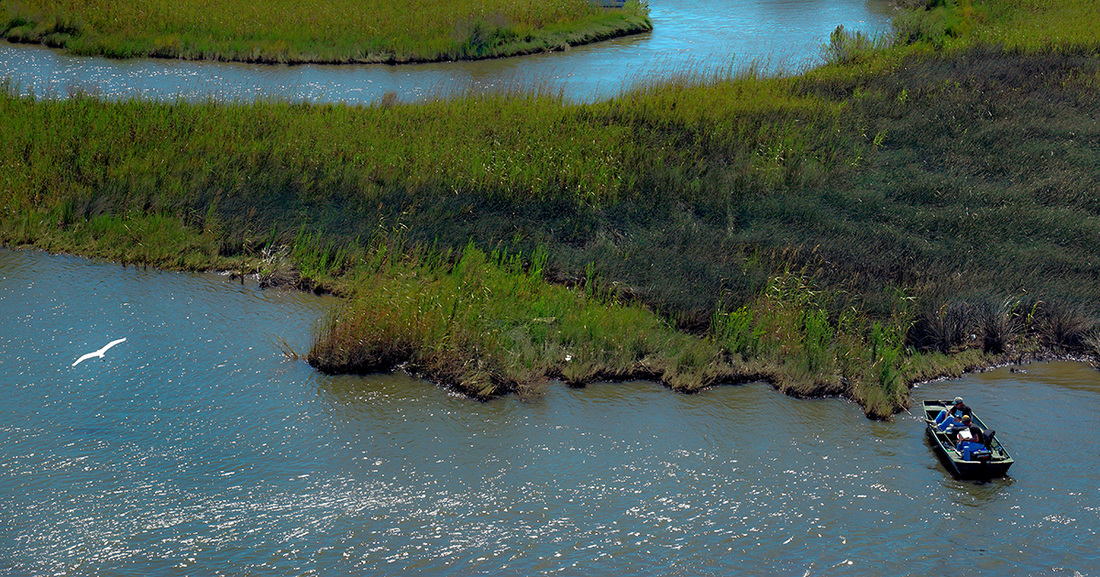
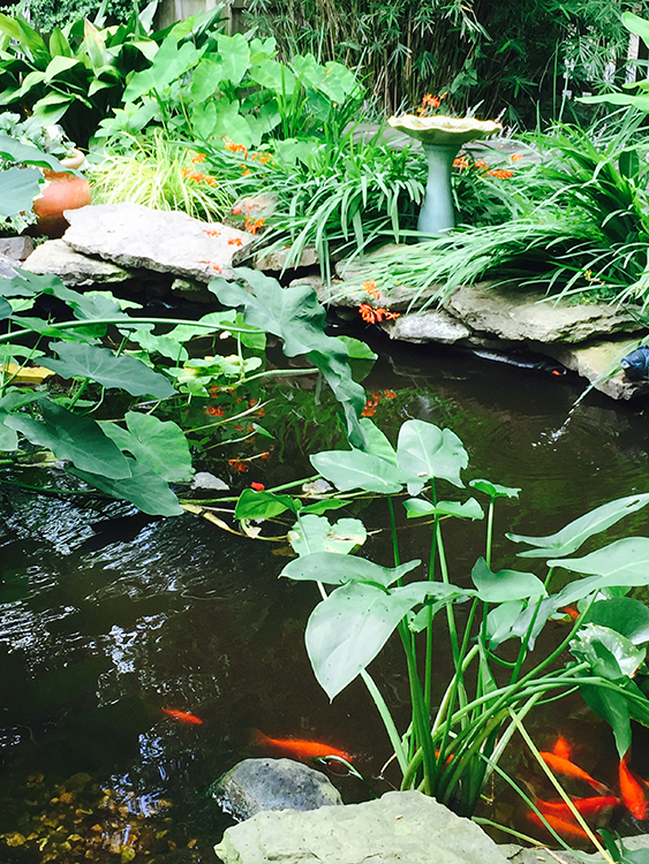
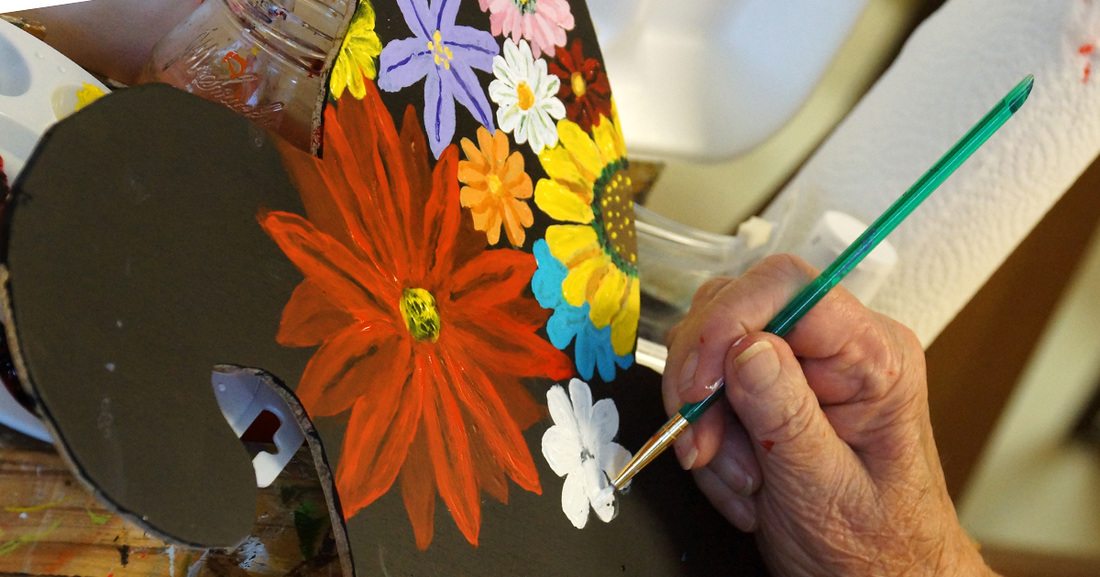

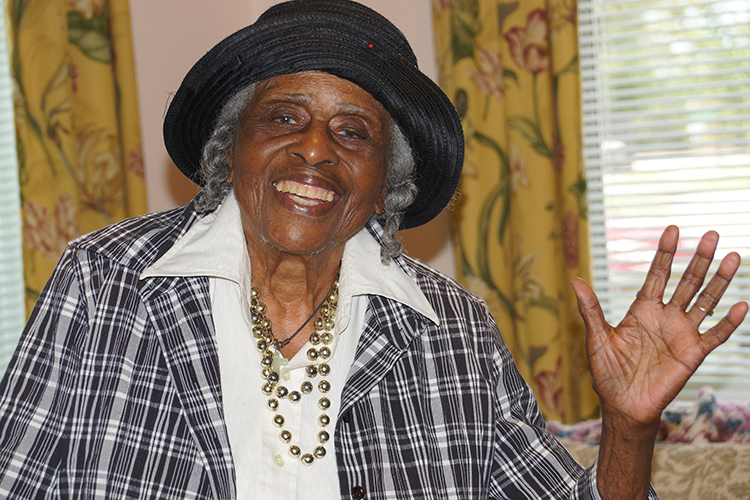
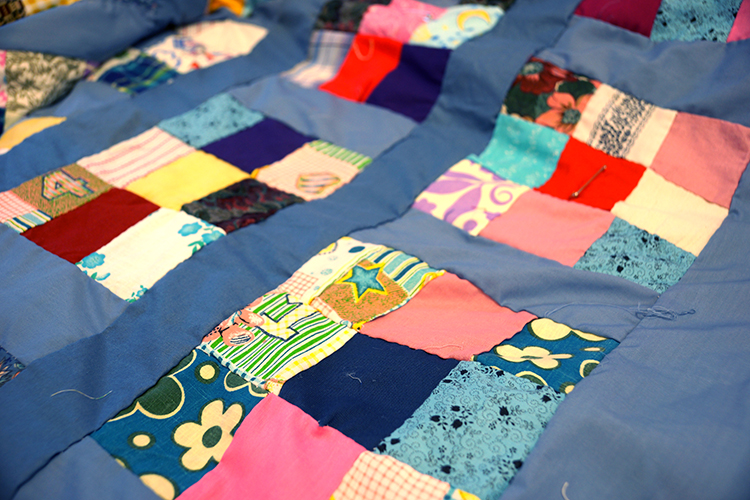
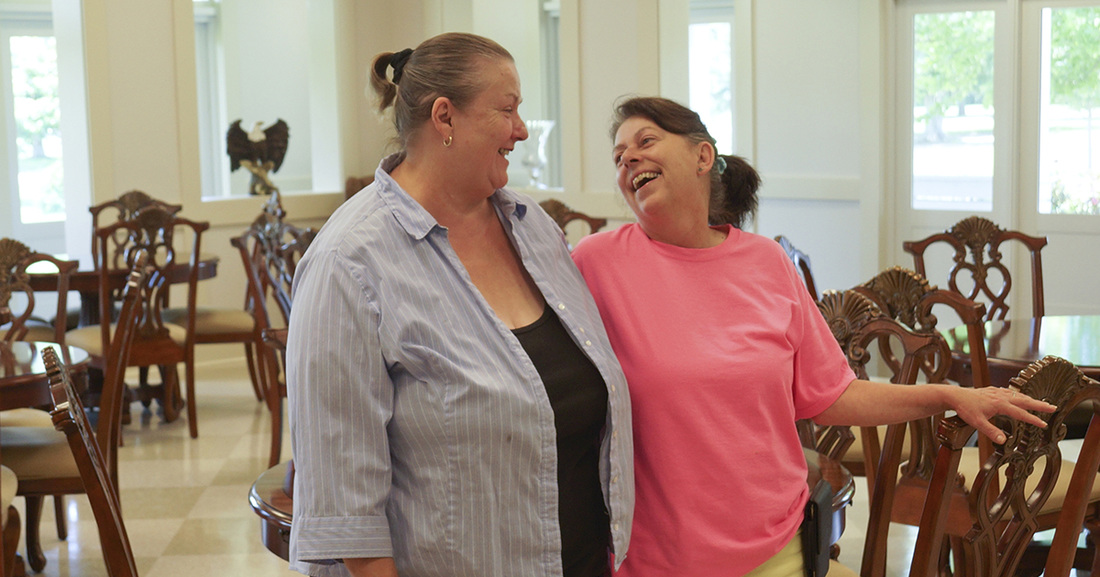
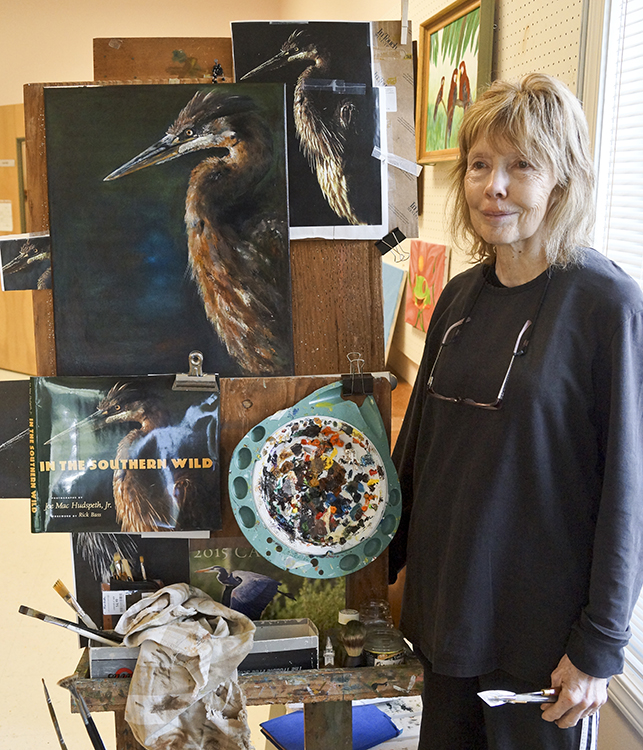
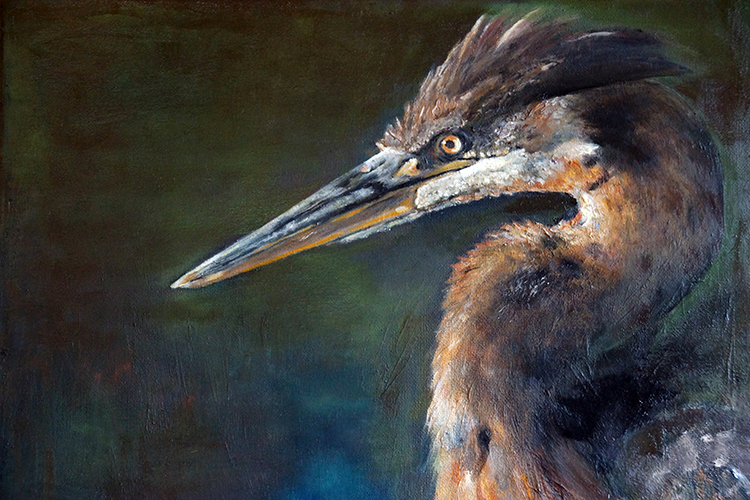
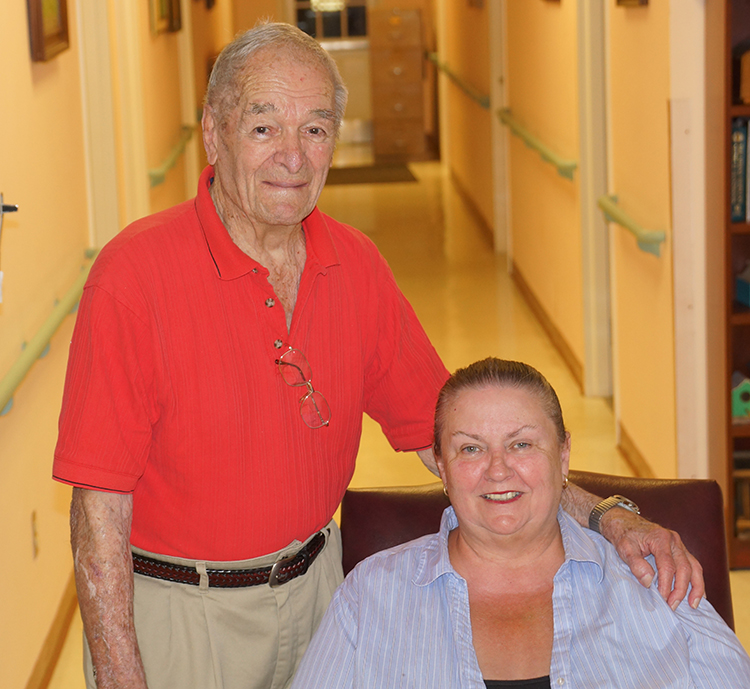
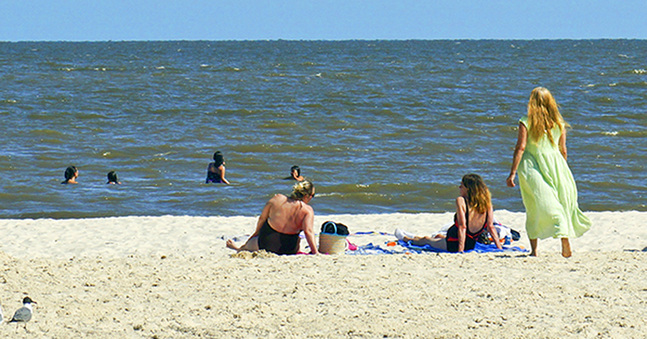

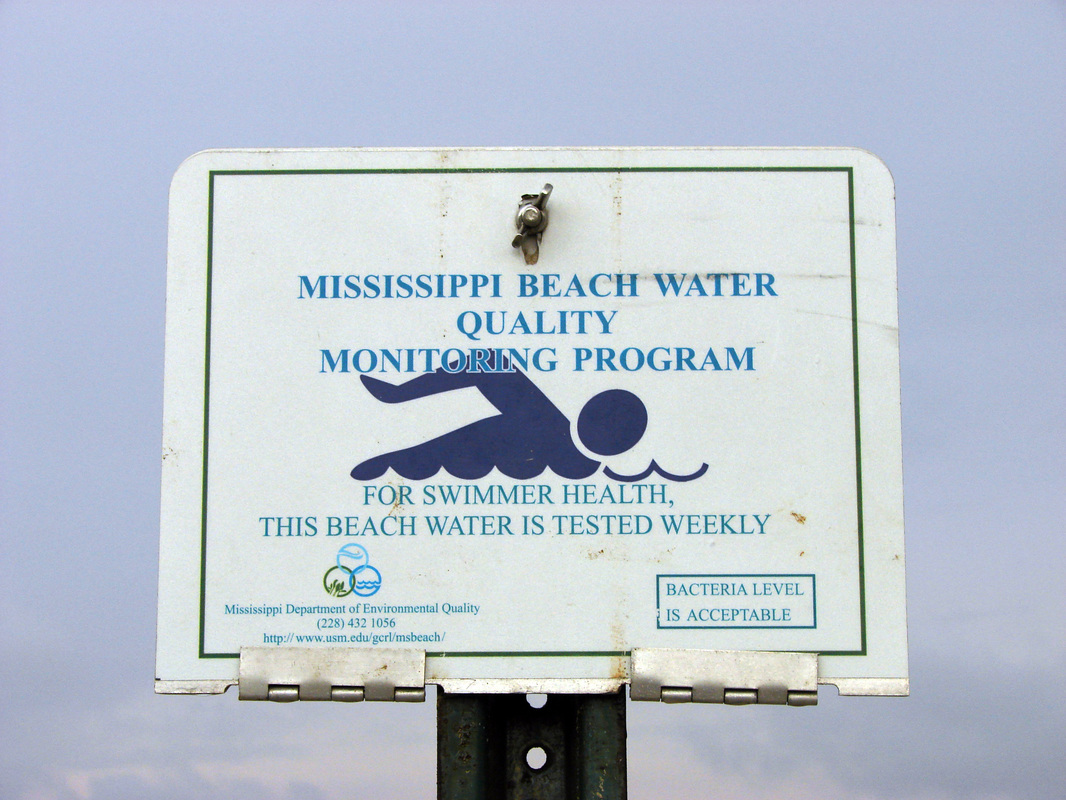
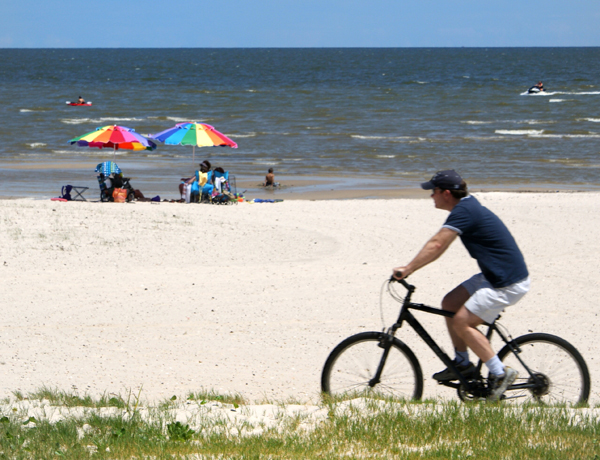
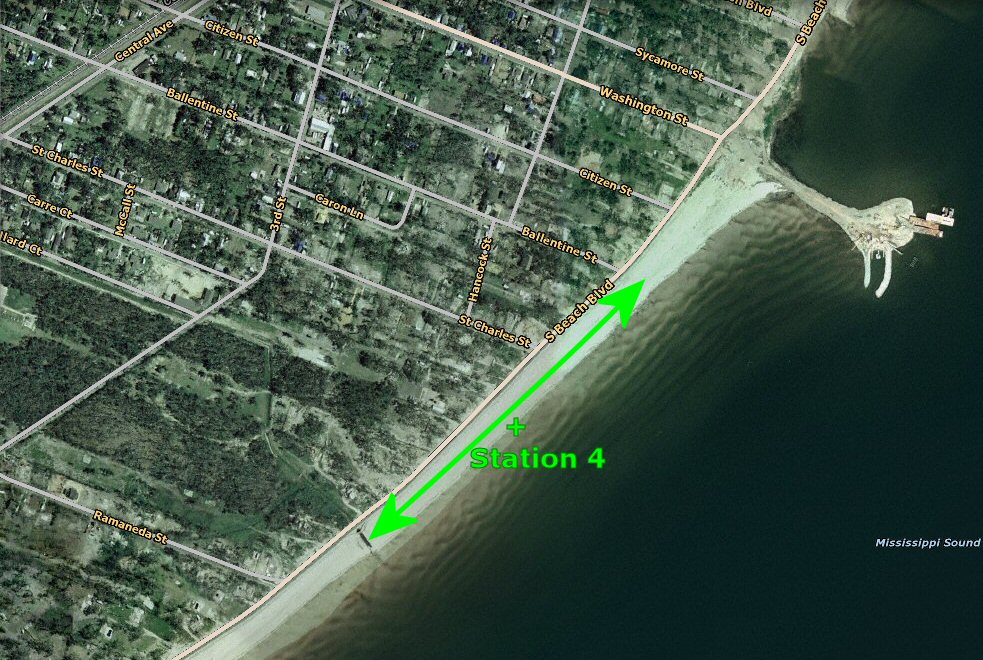

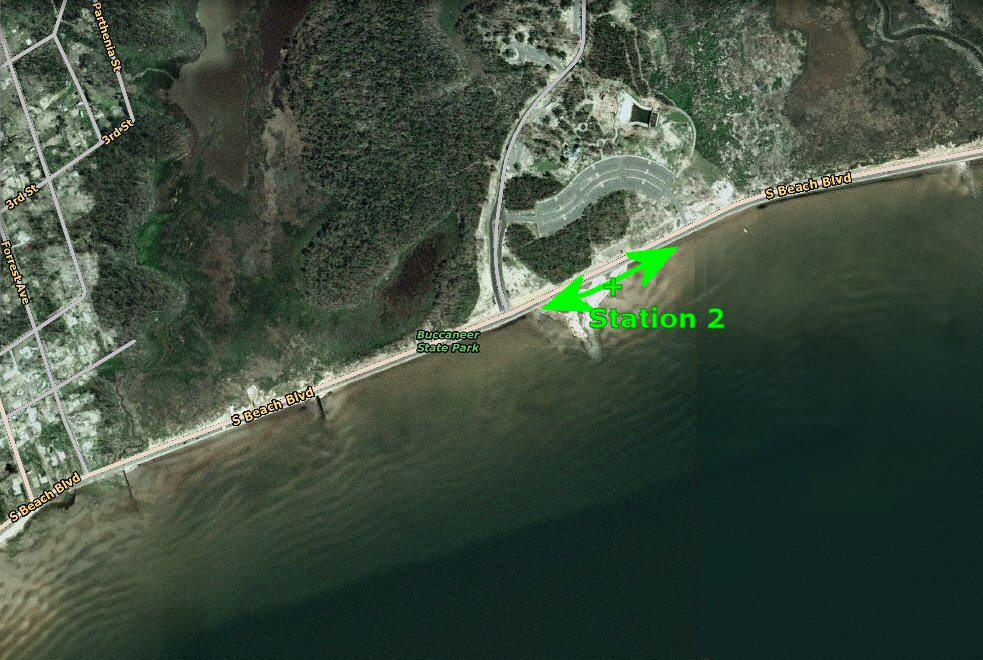

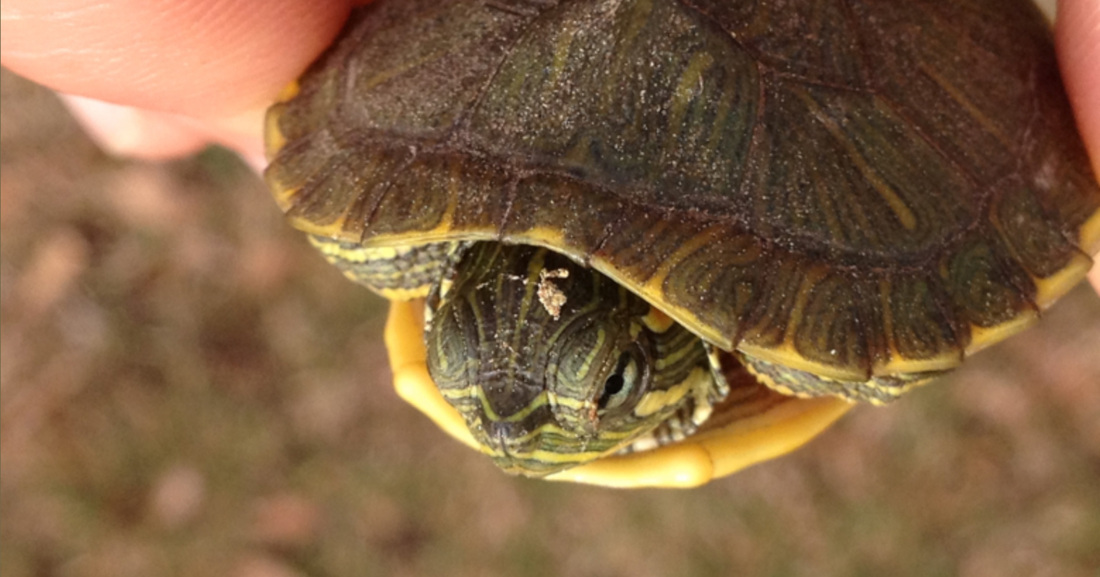

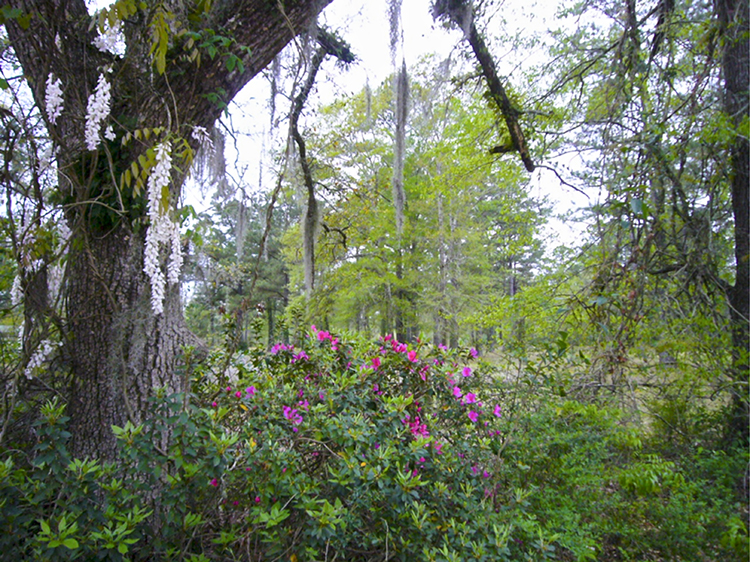
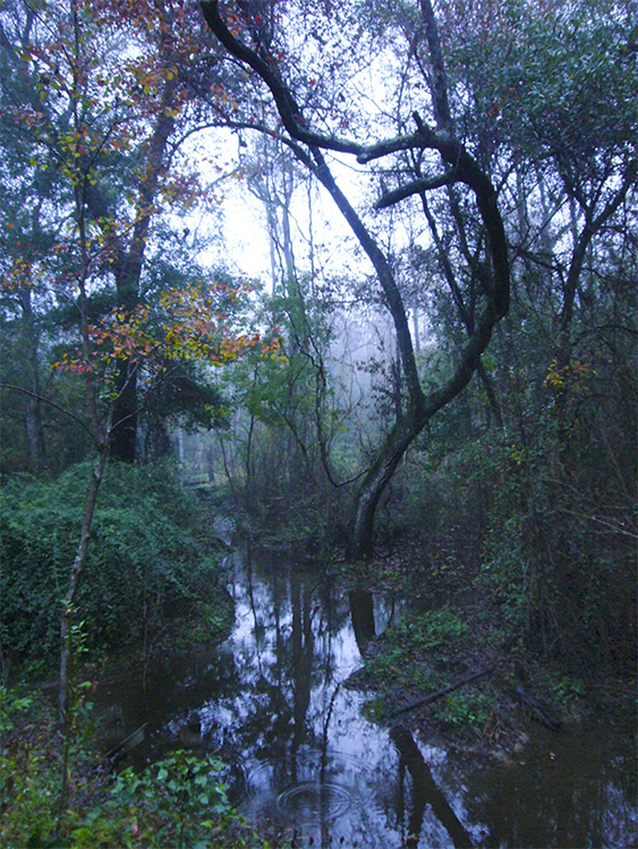

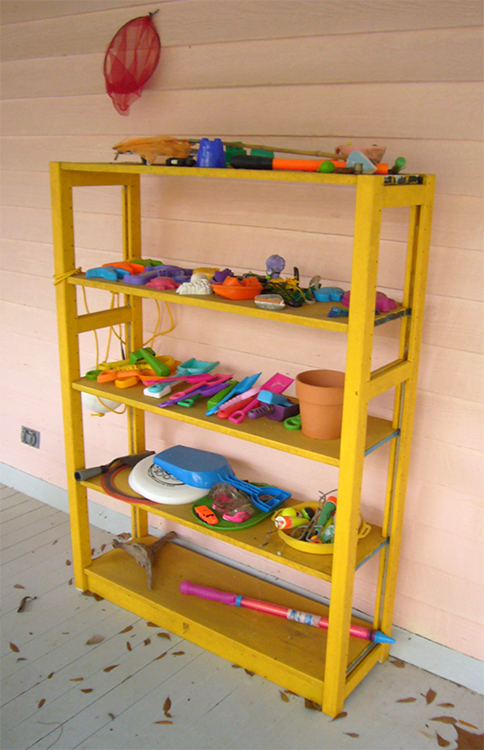
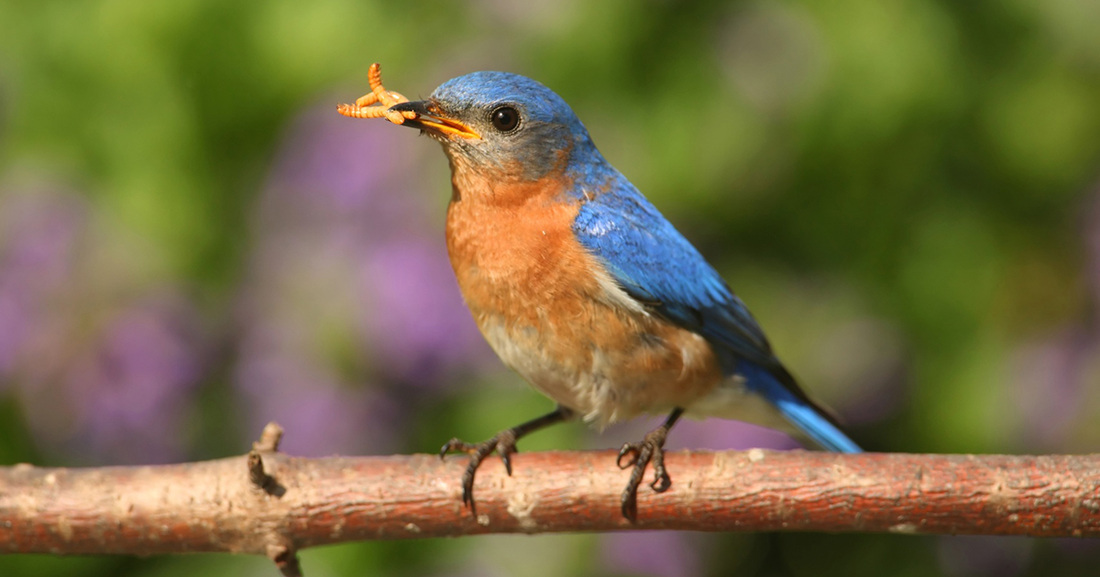

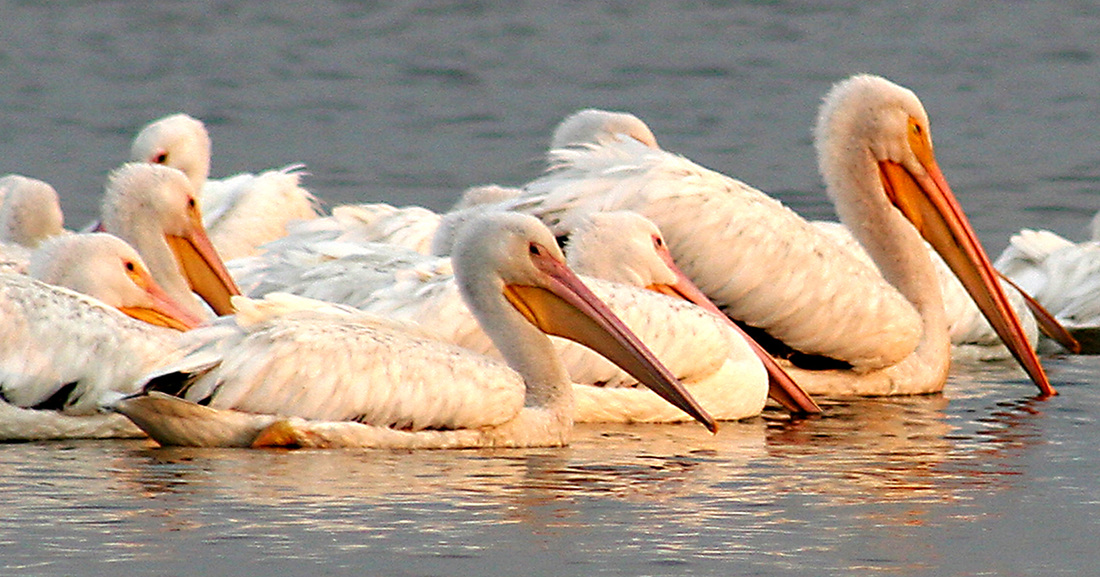

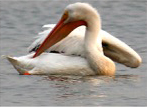
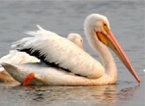



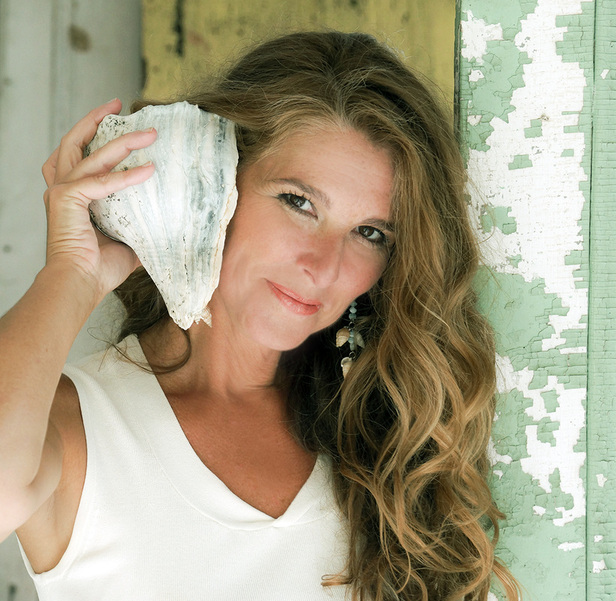


























 RSS Feed
RSS Feed























